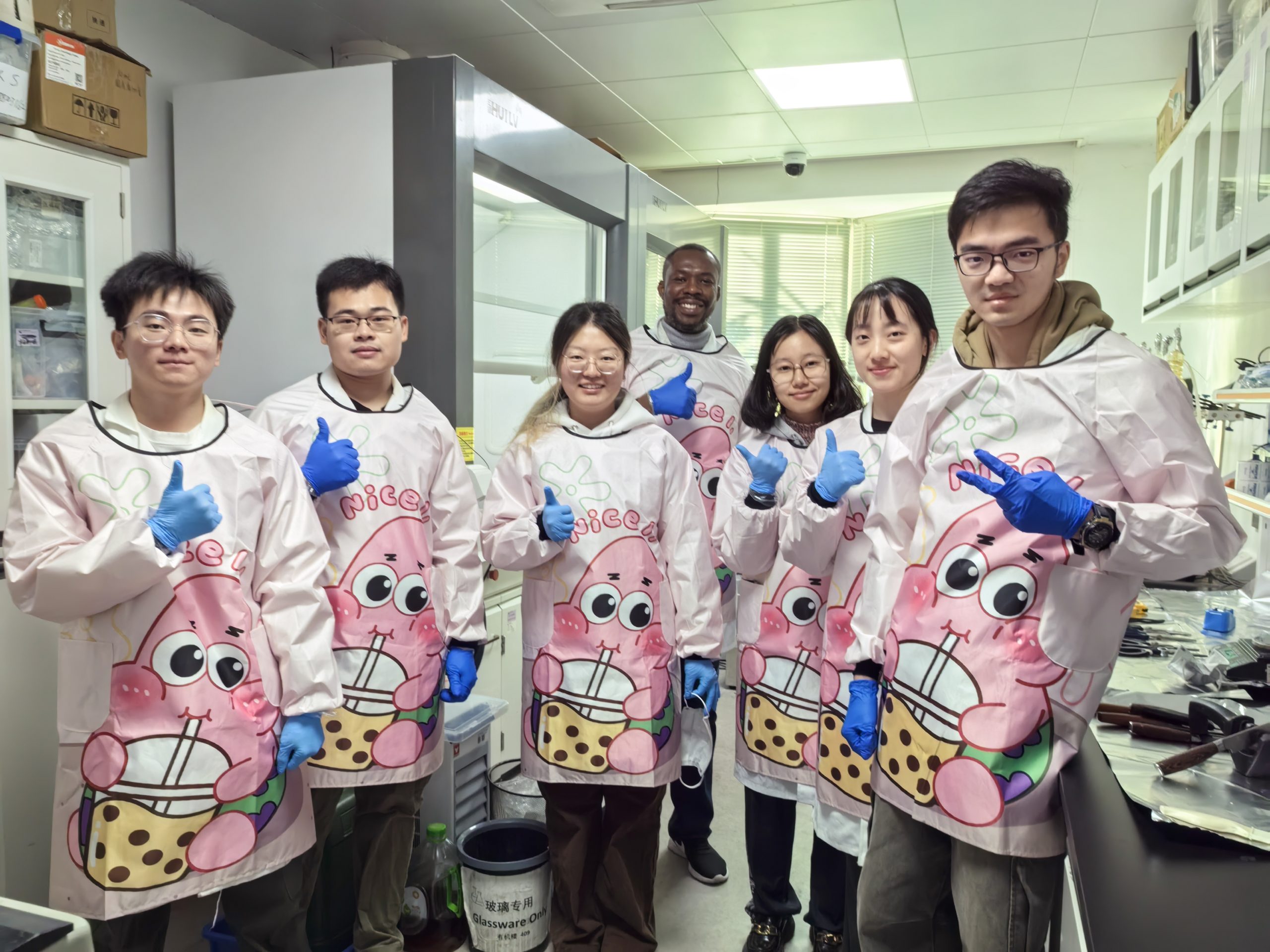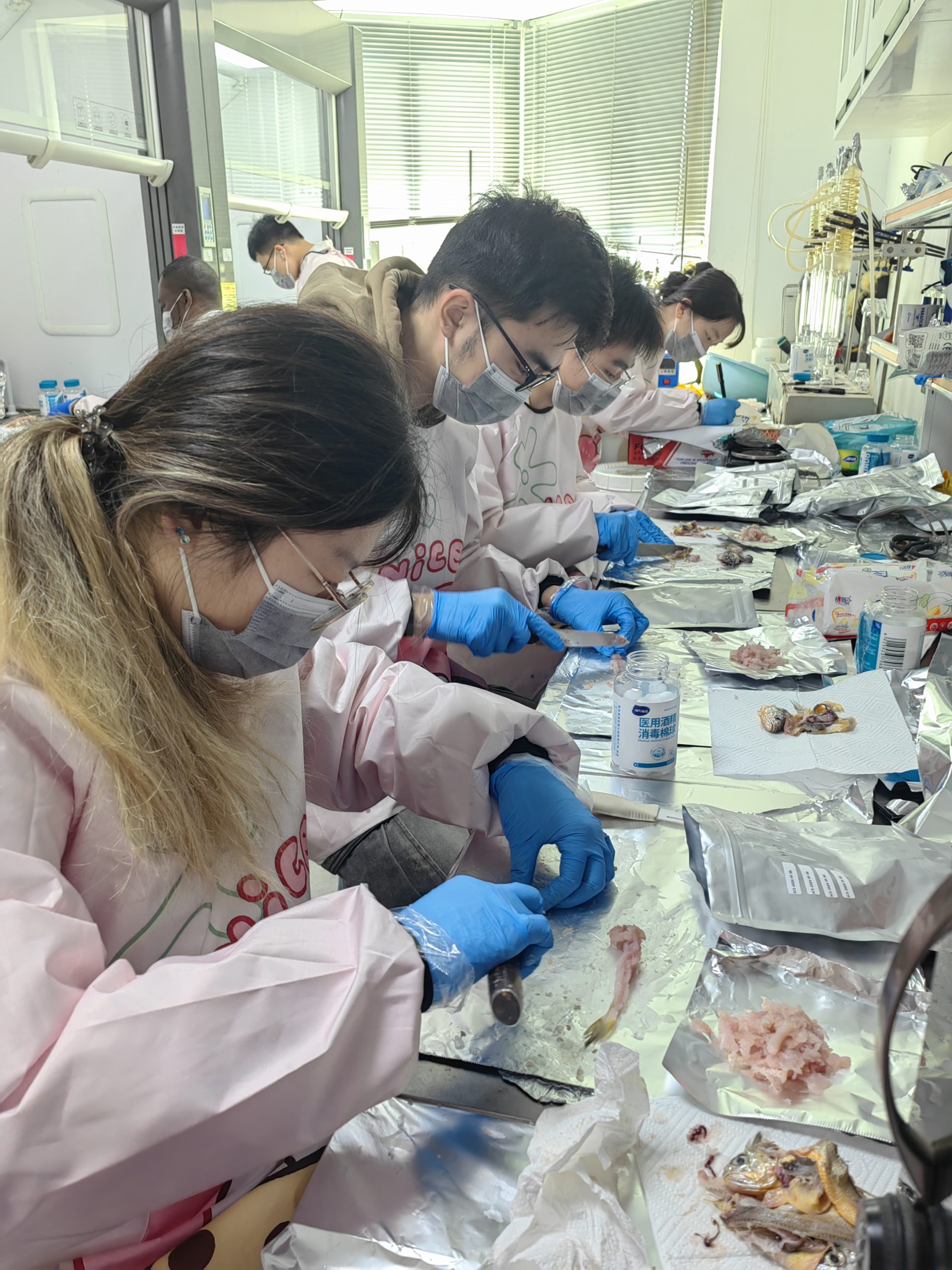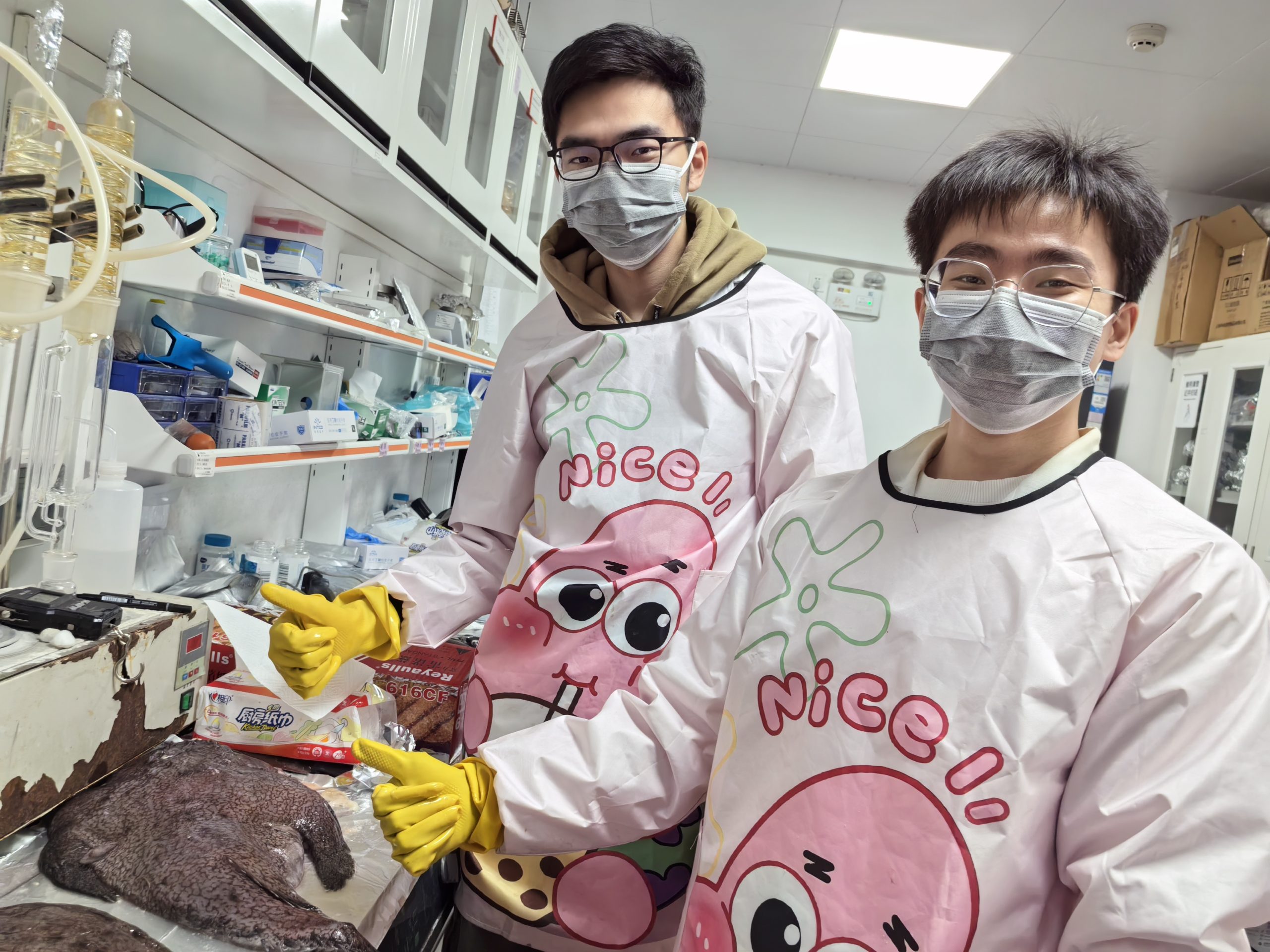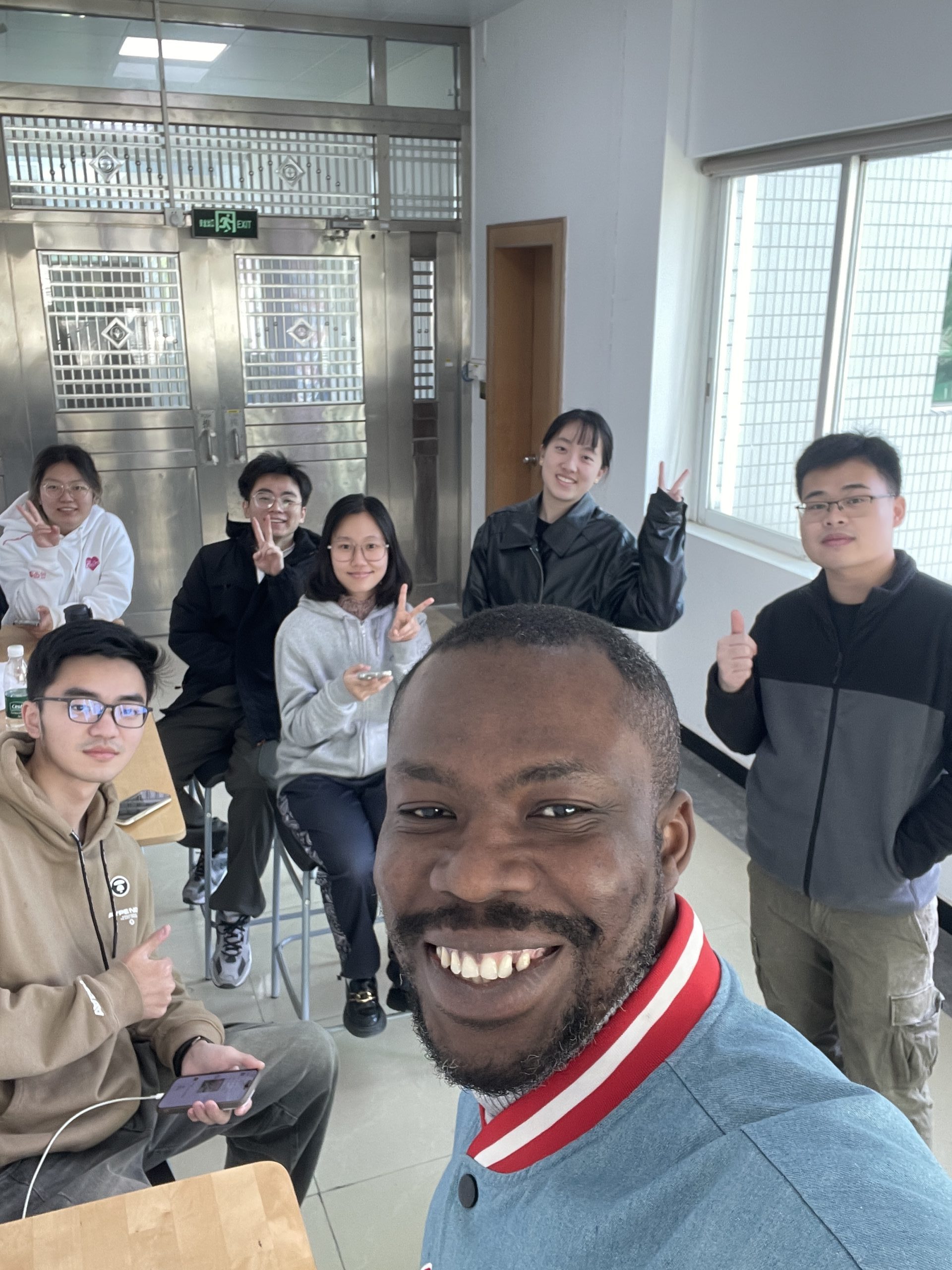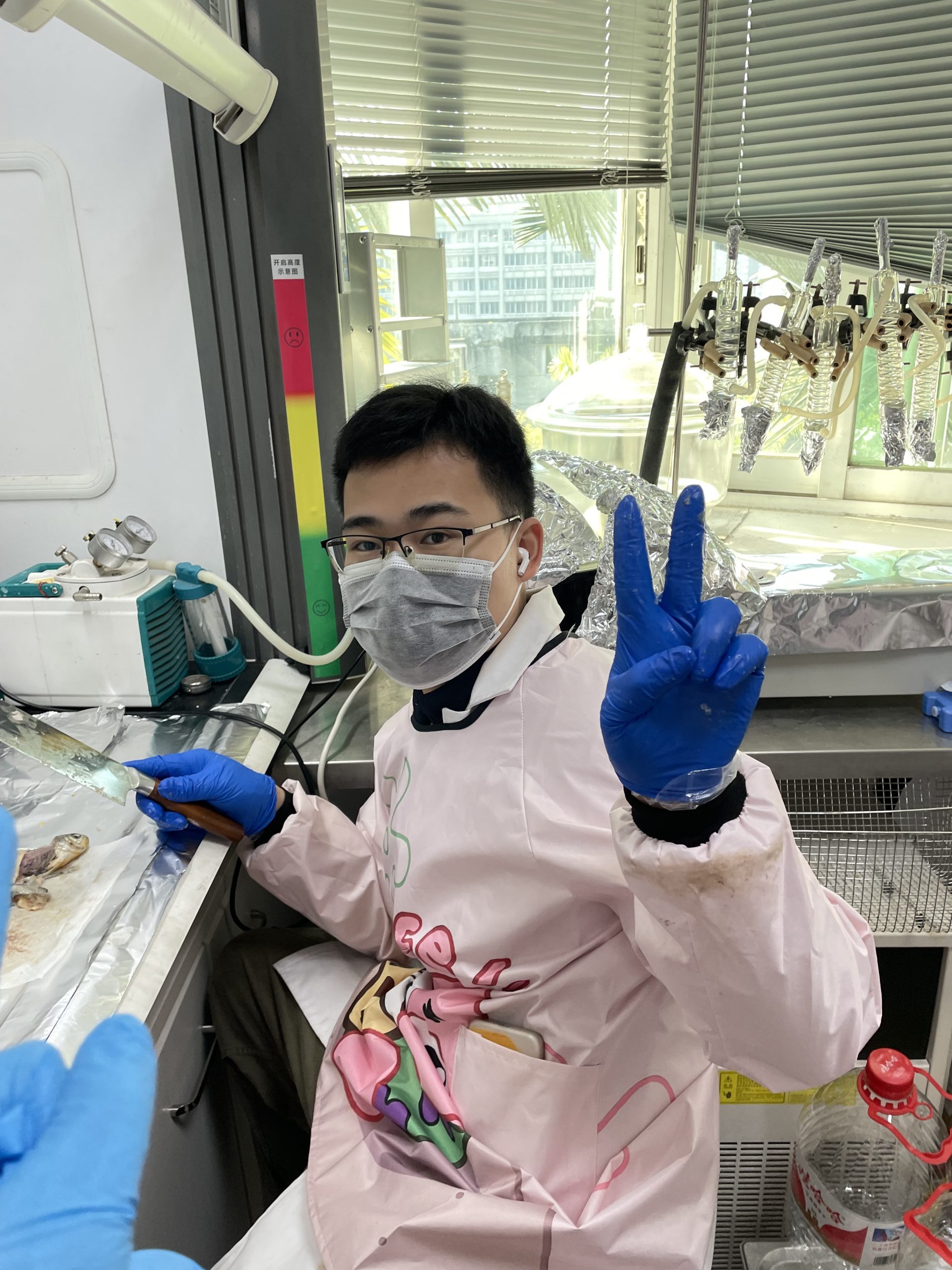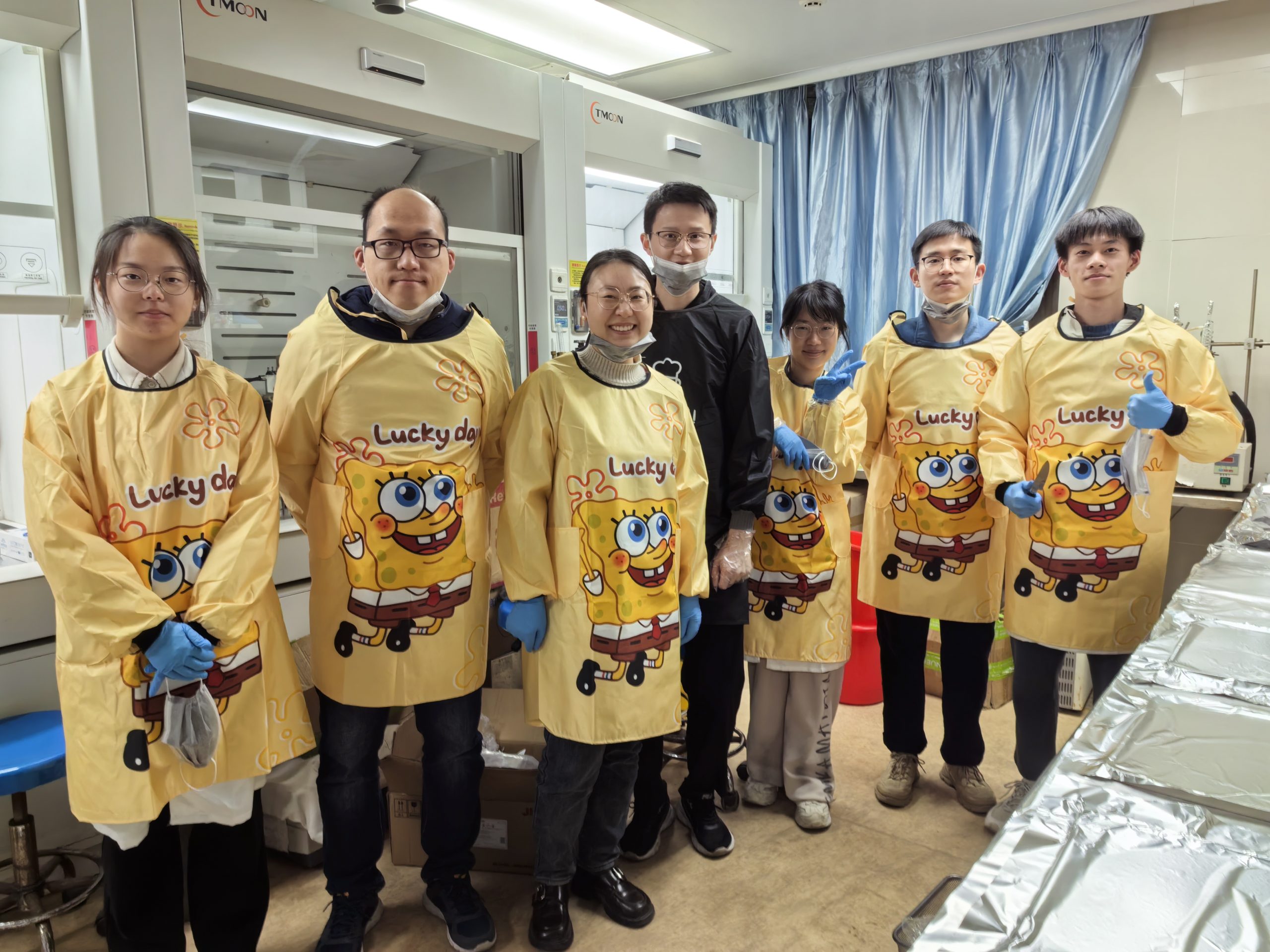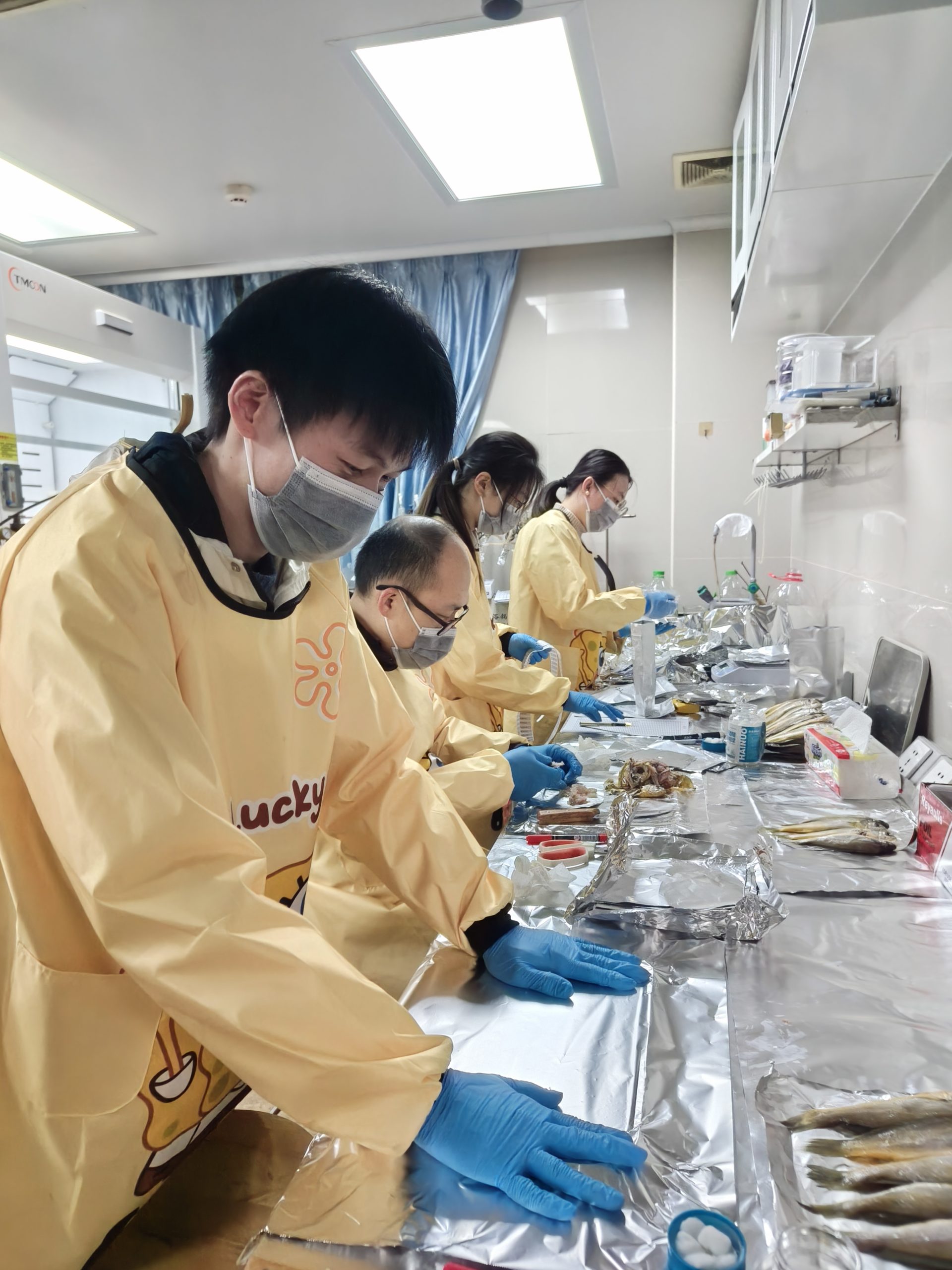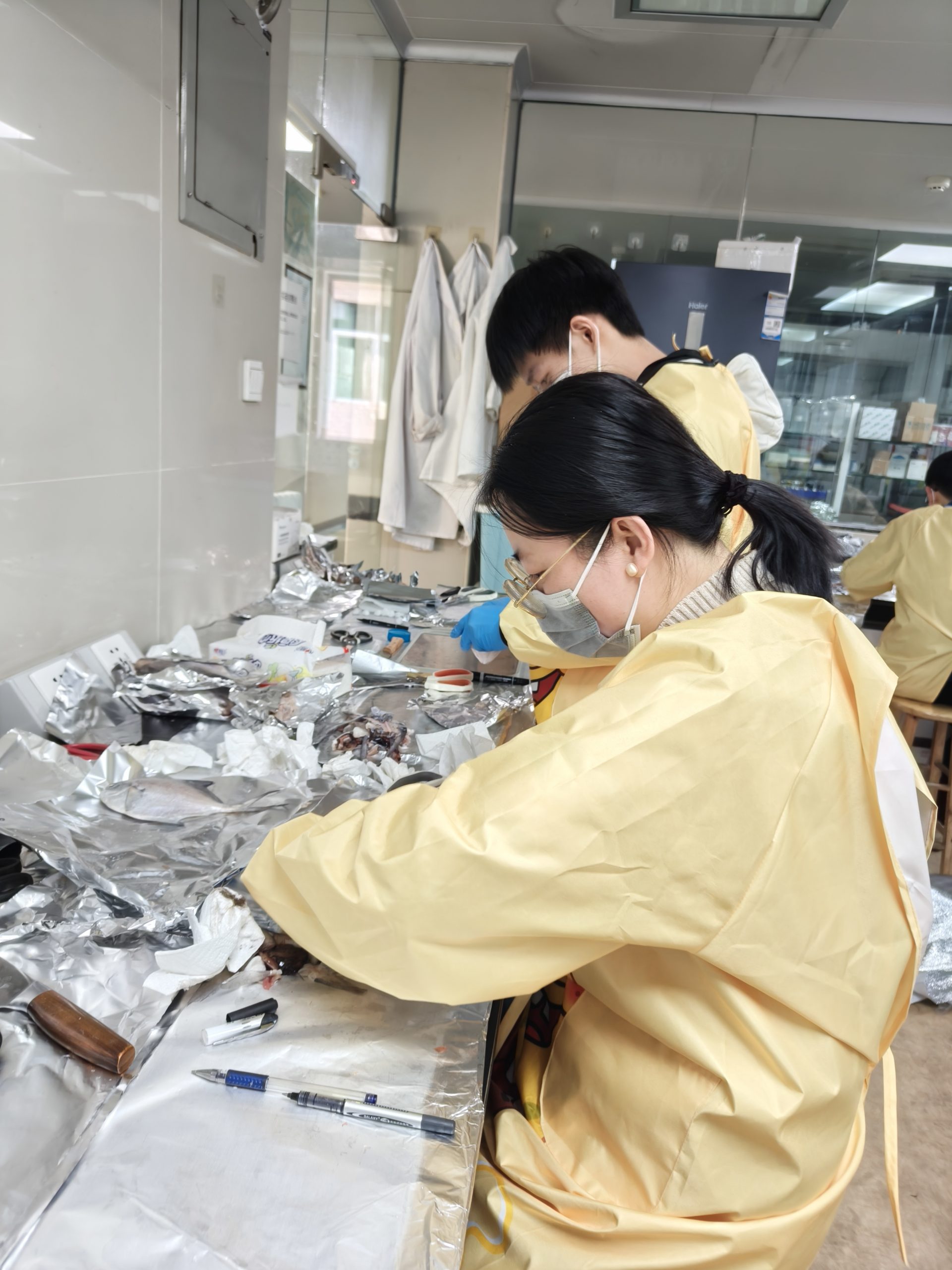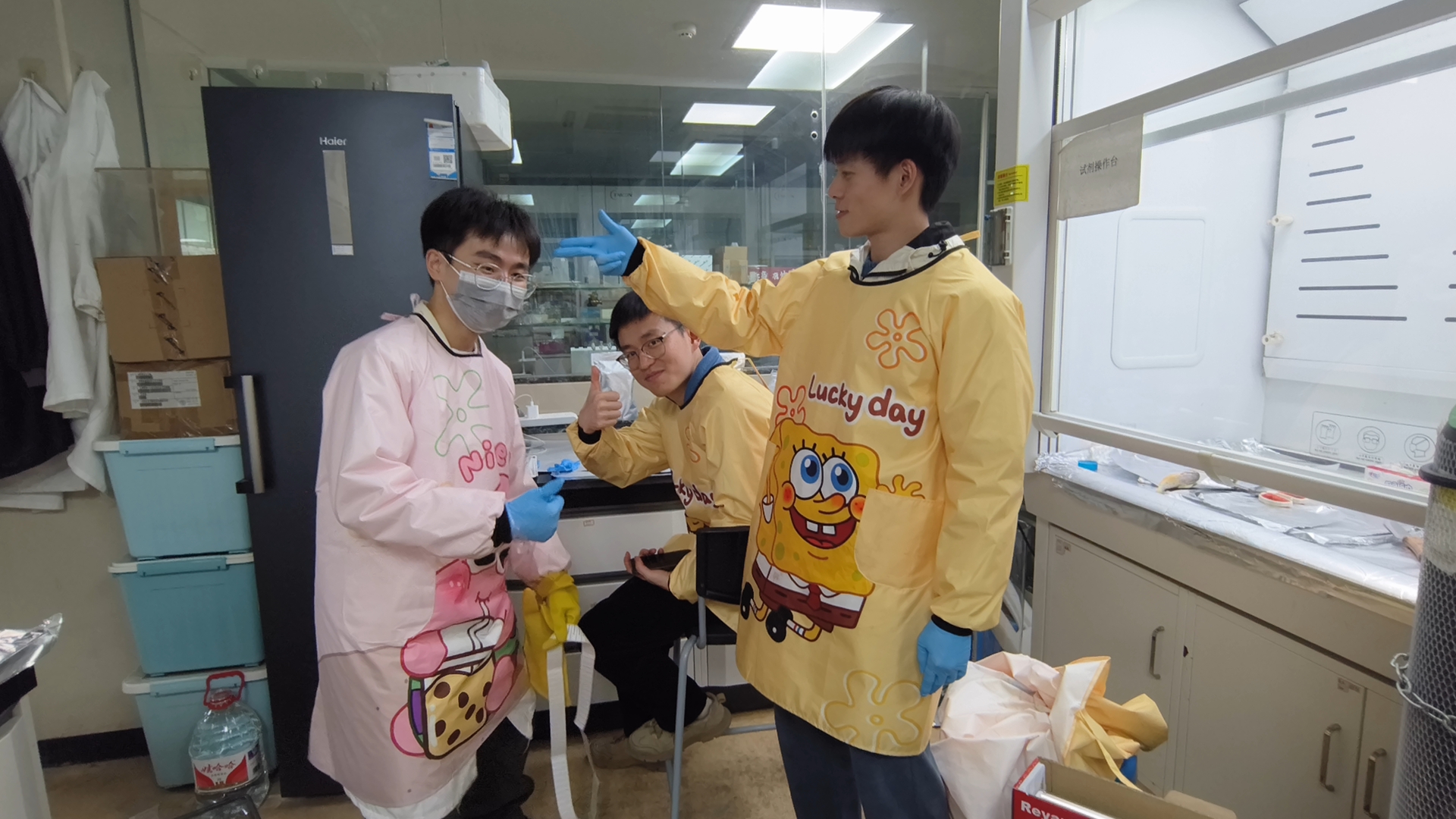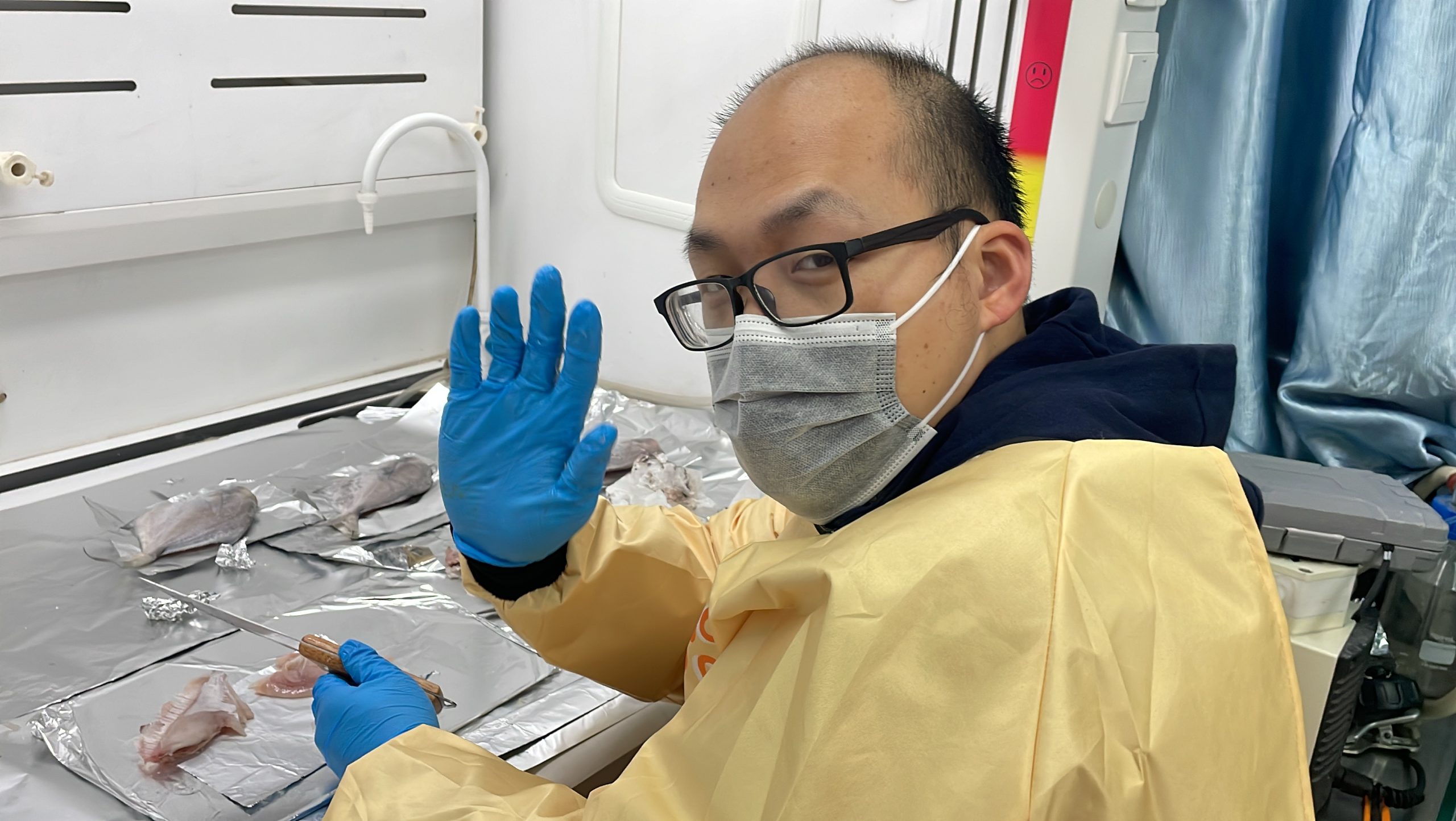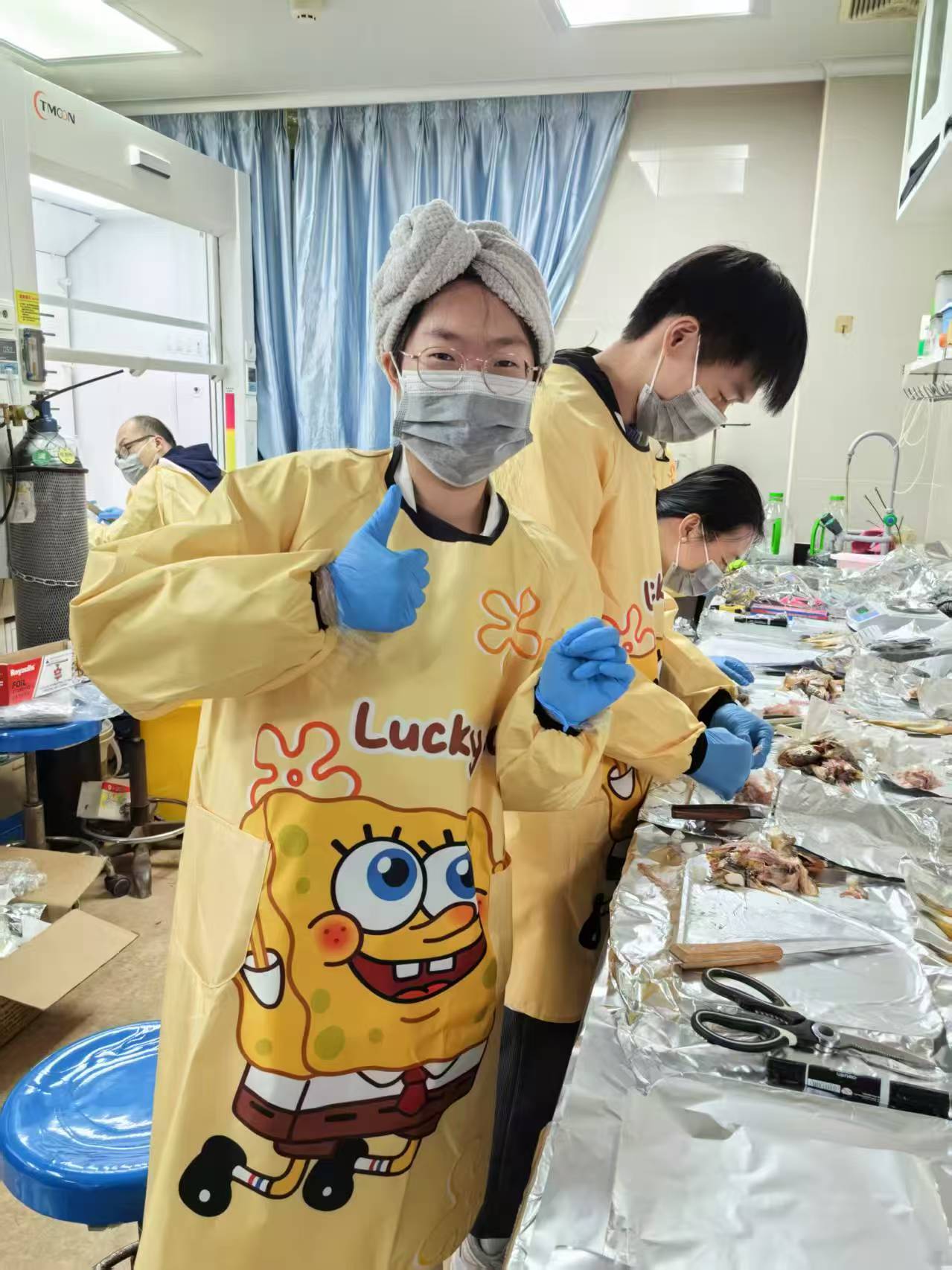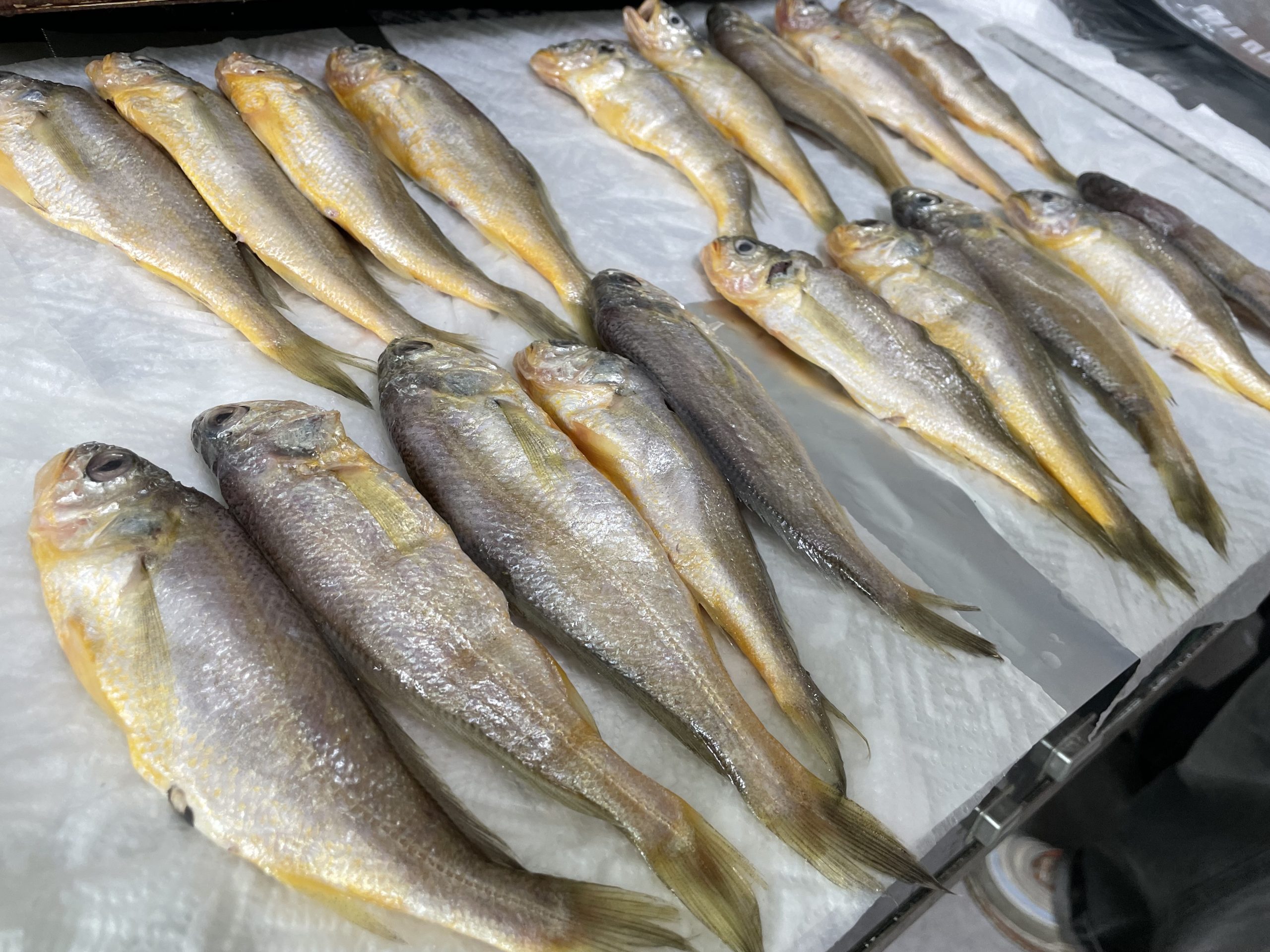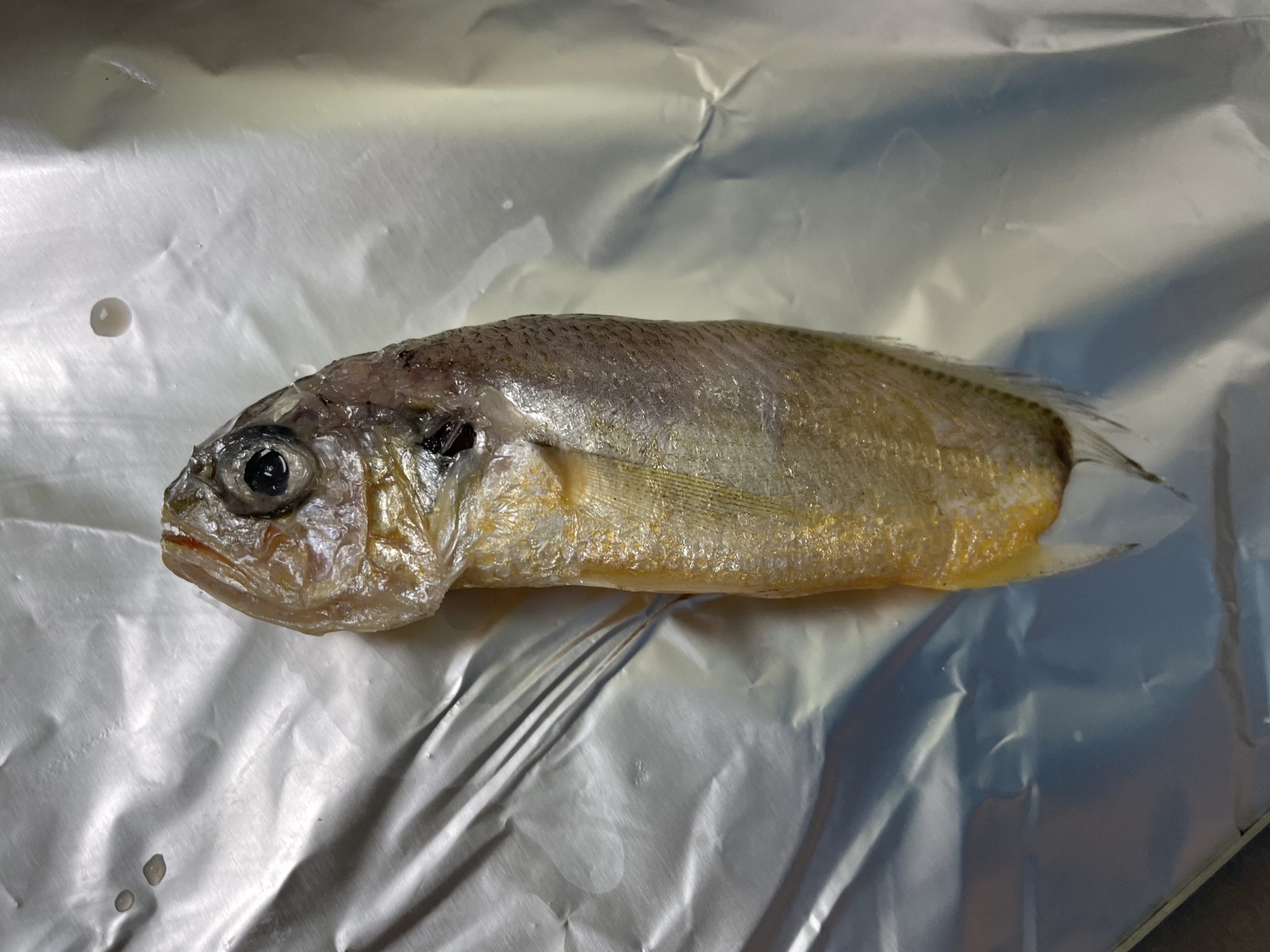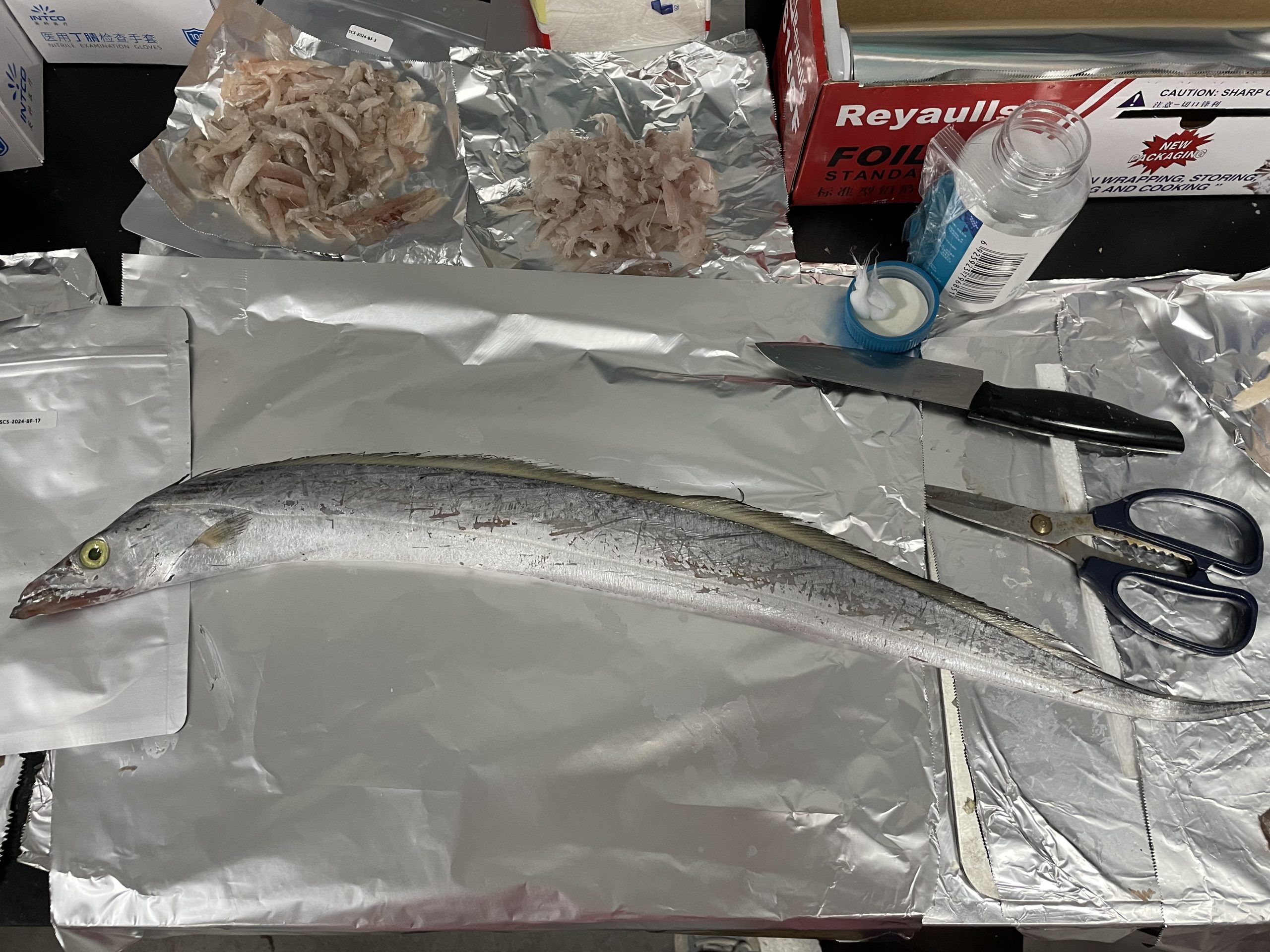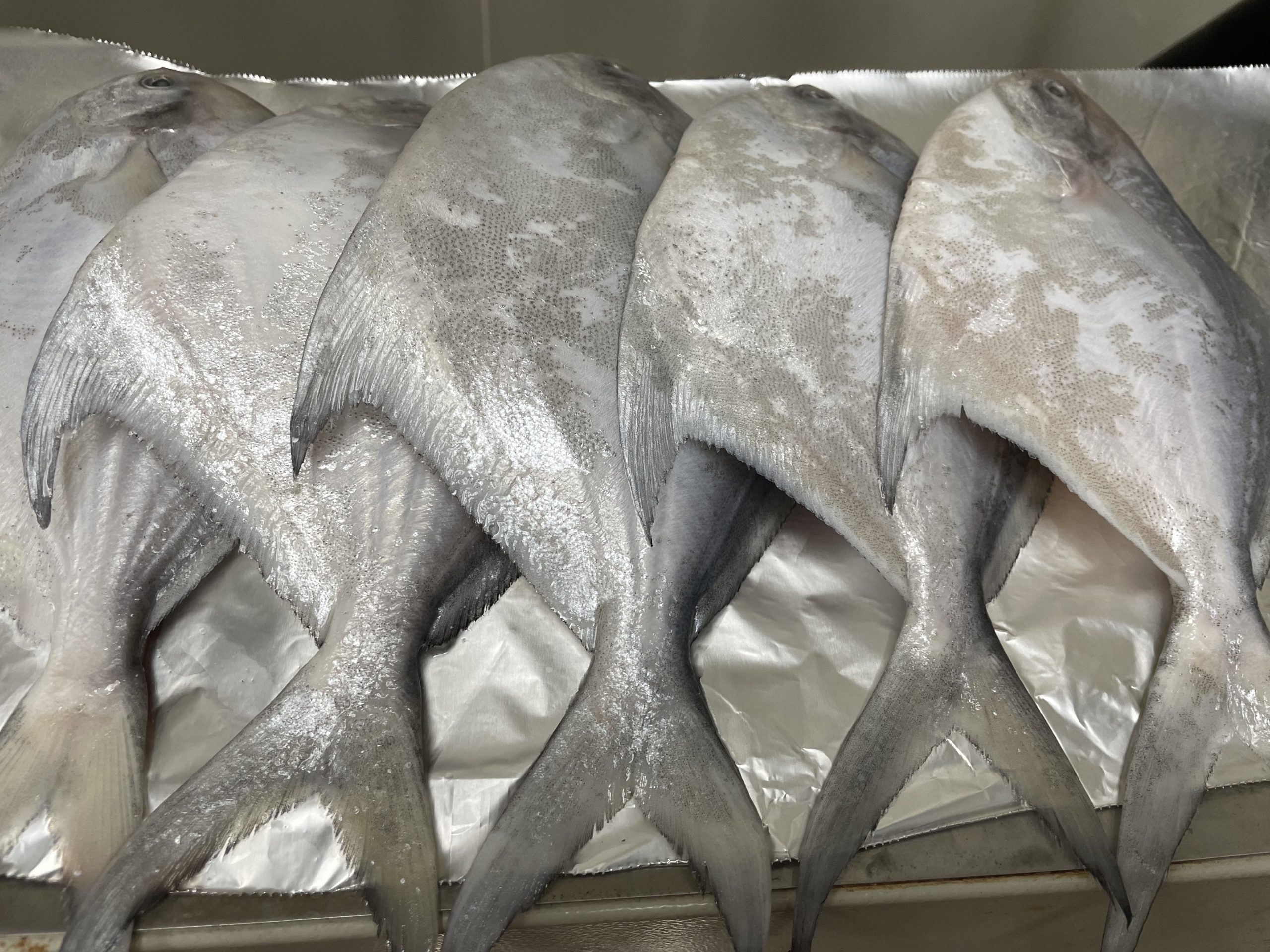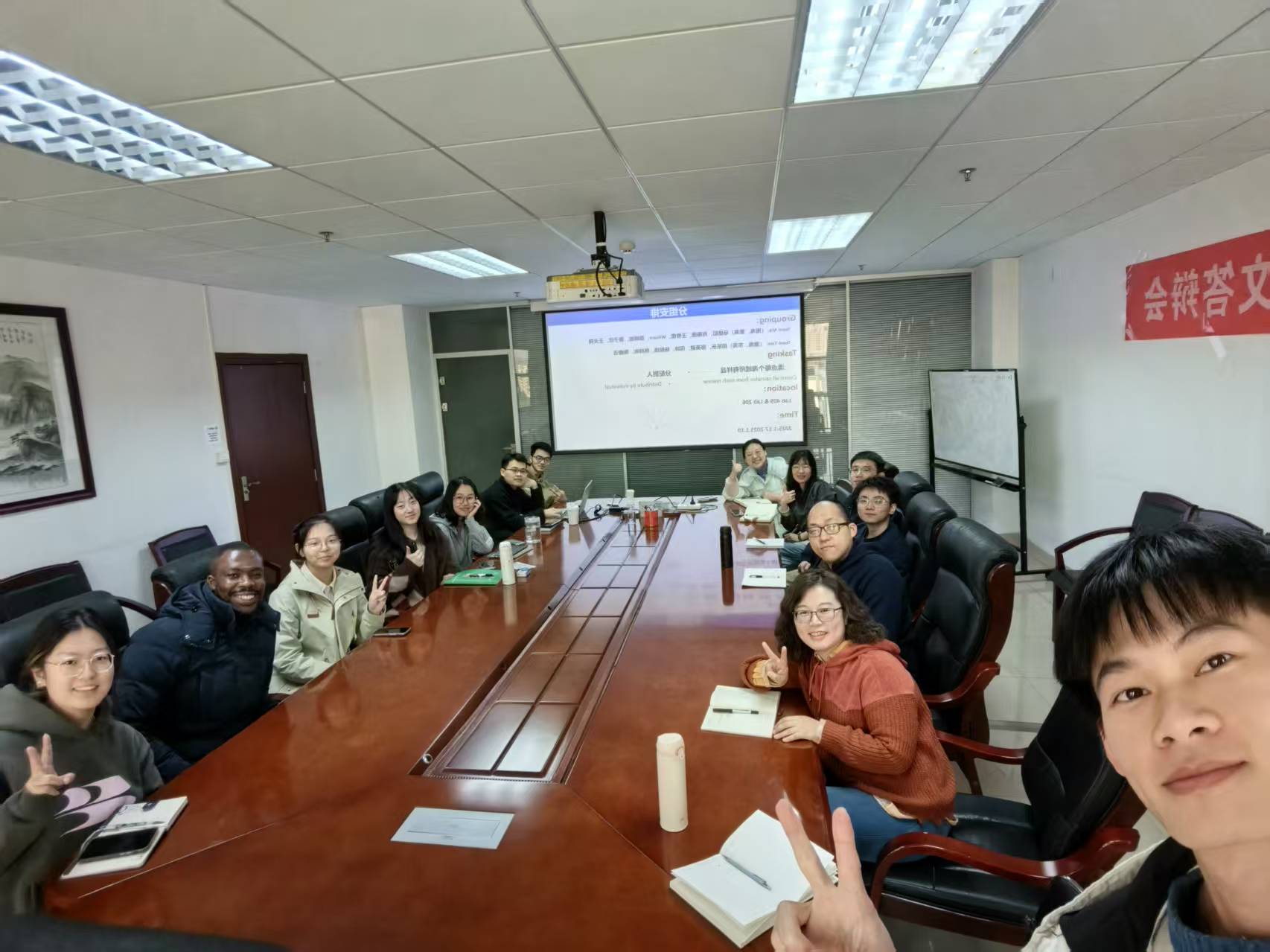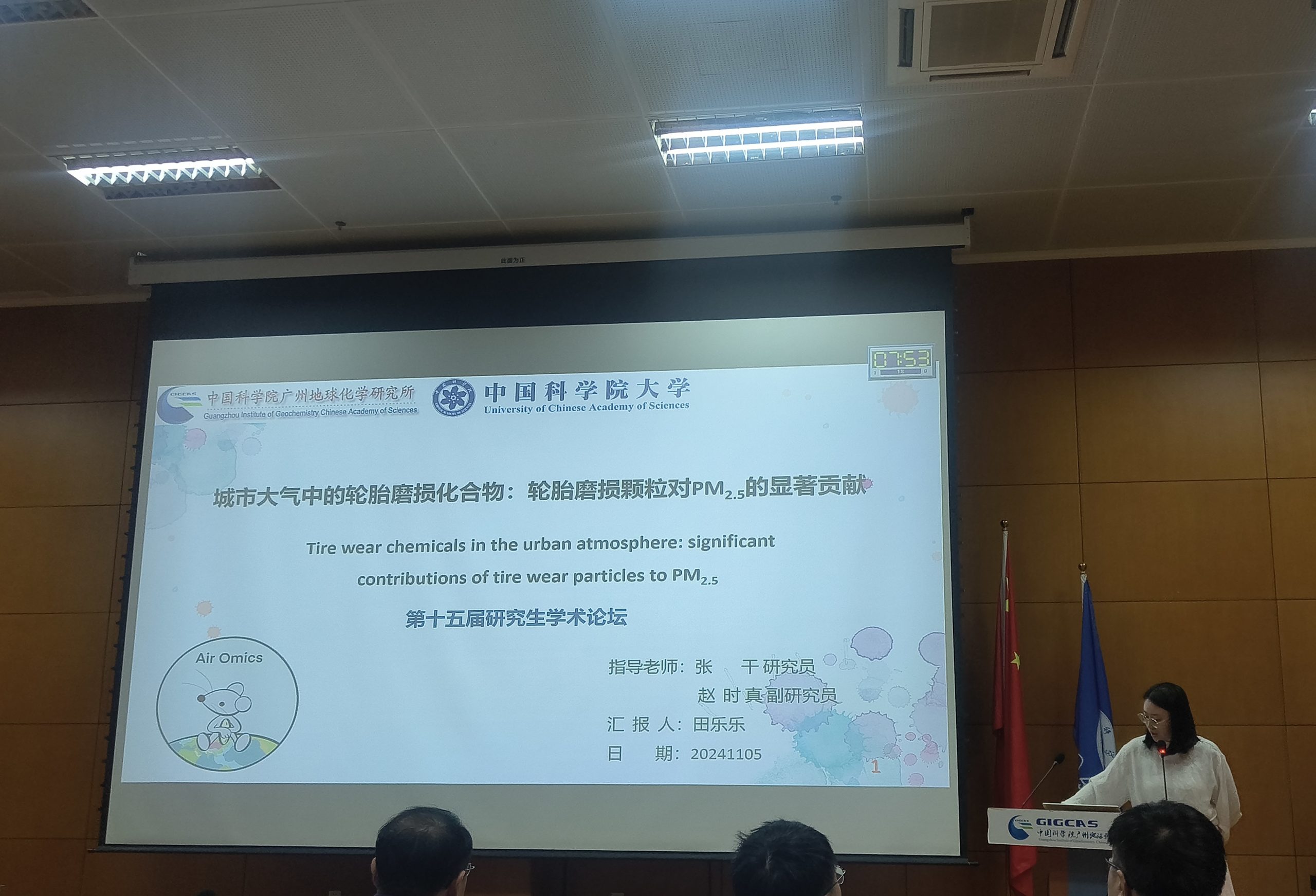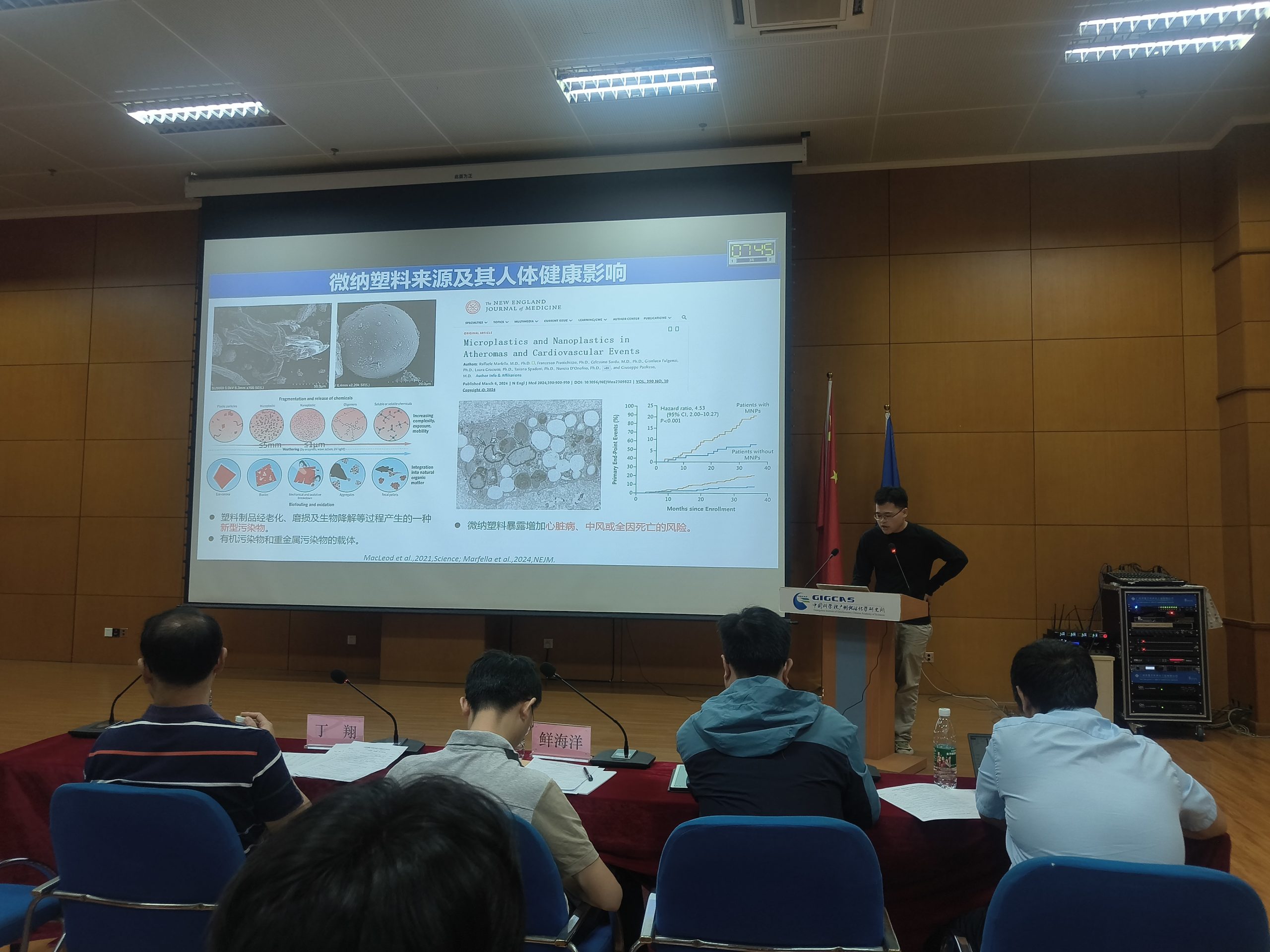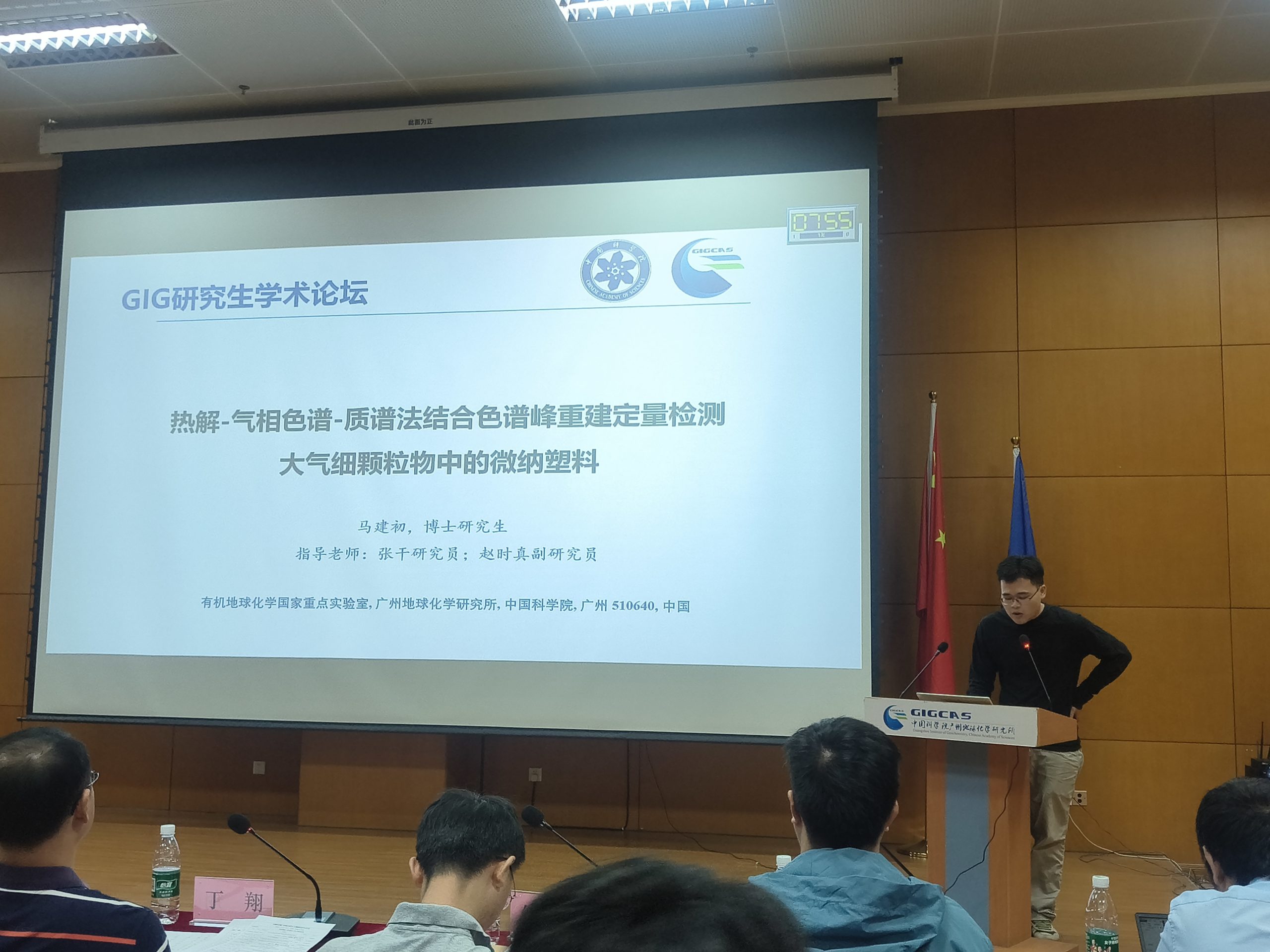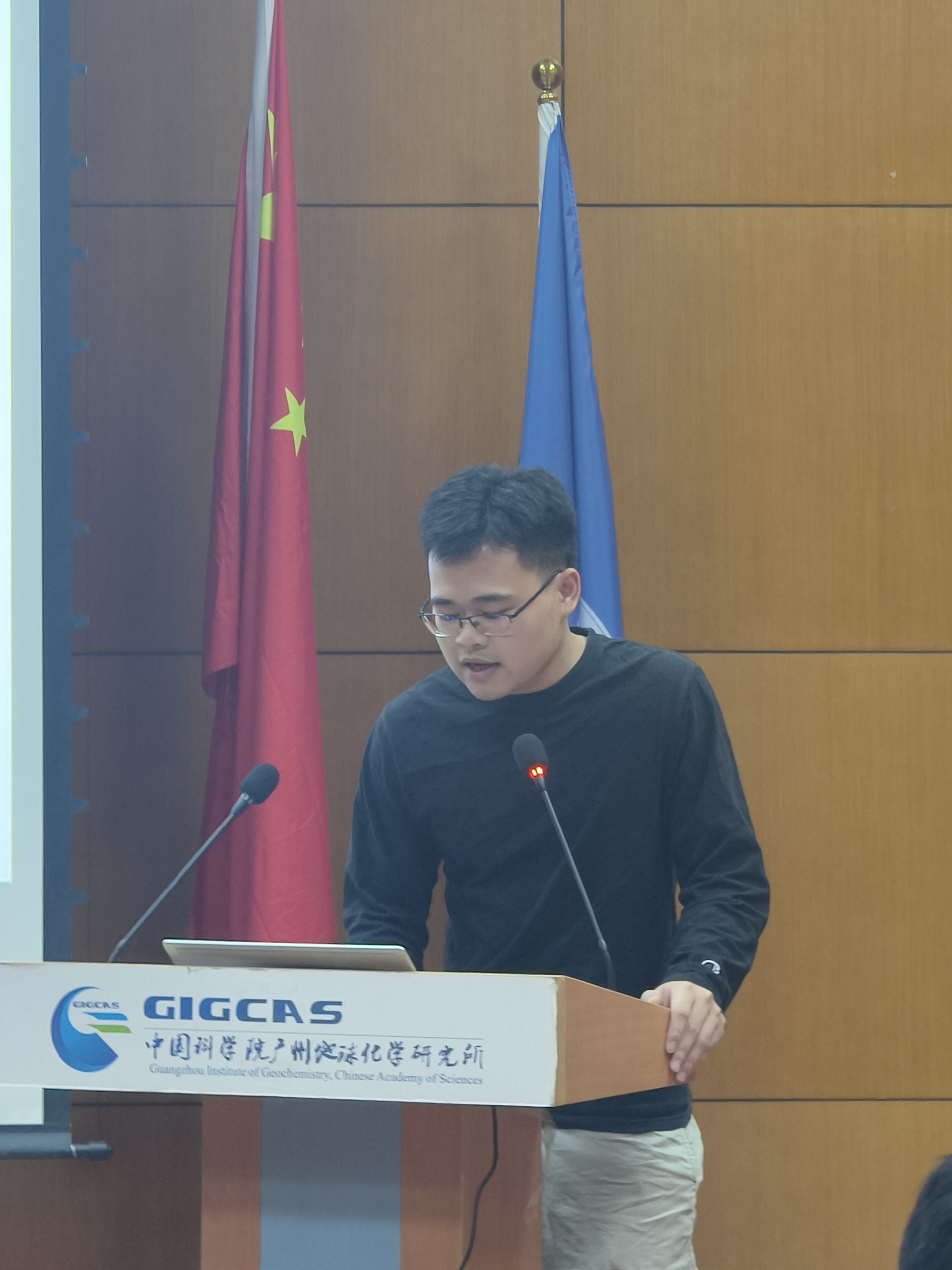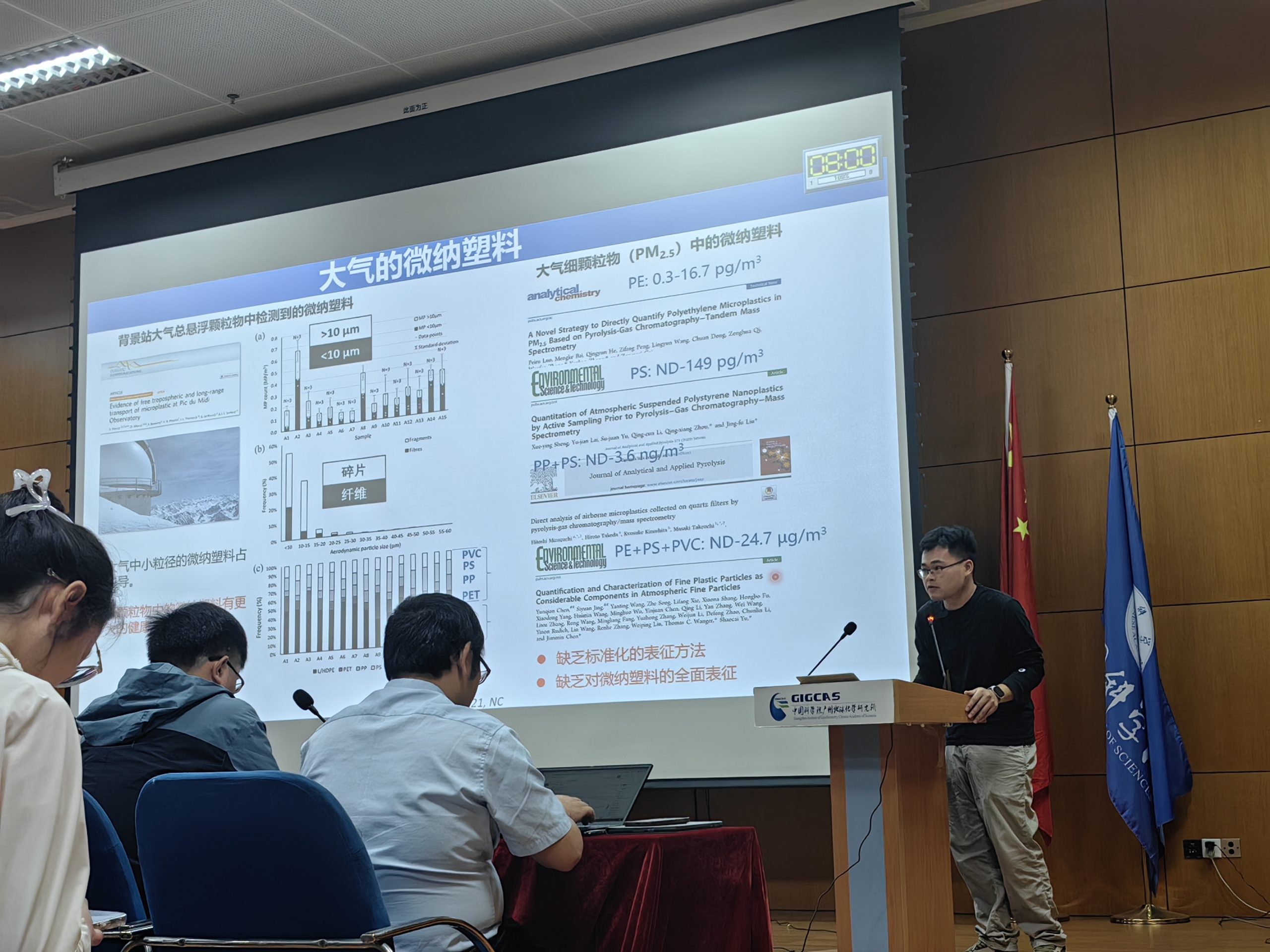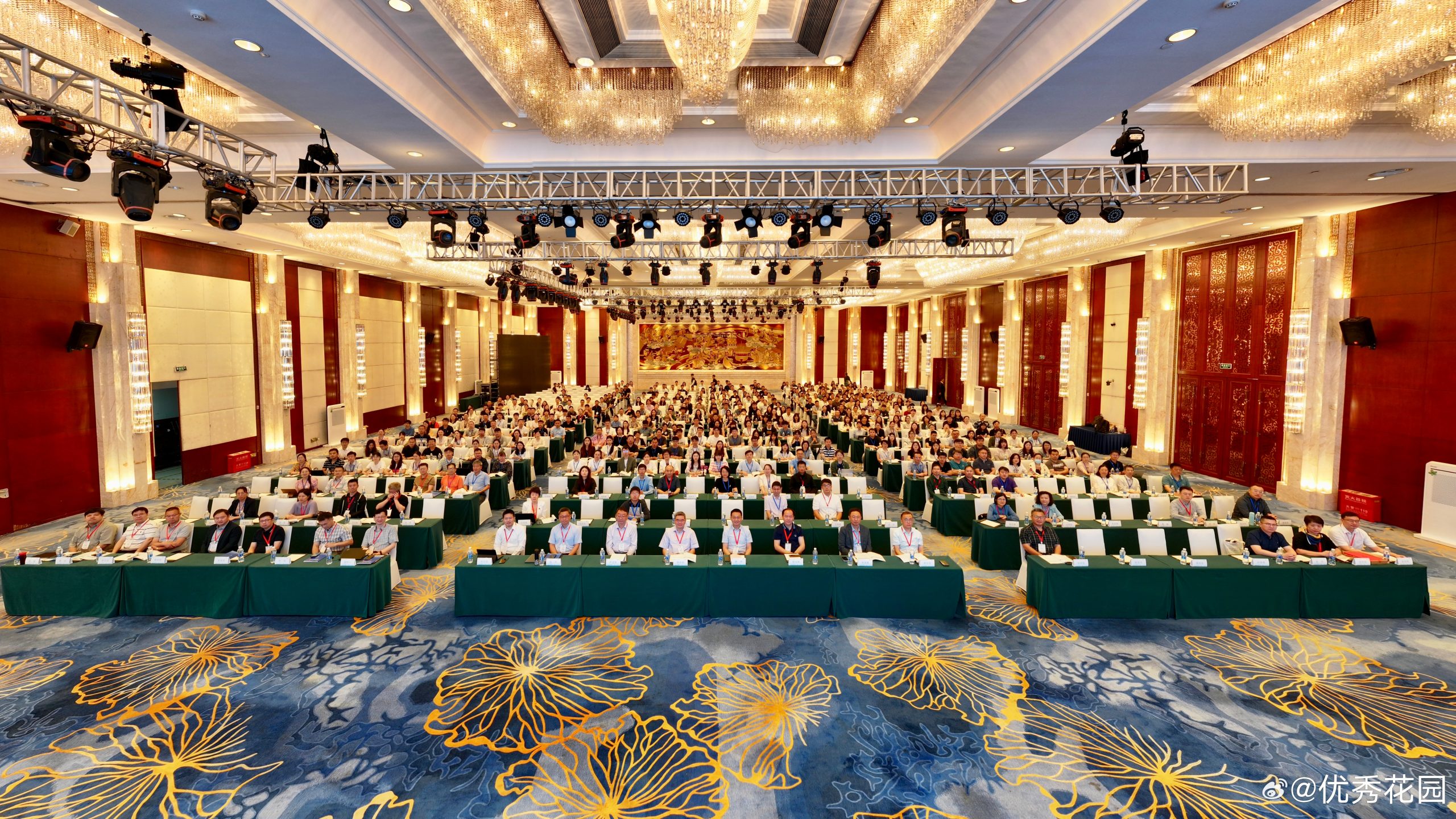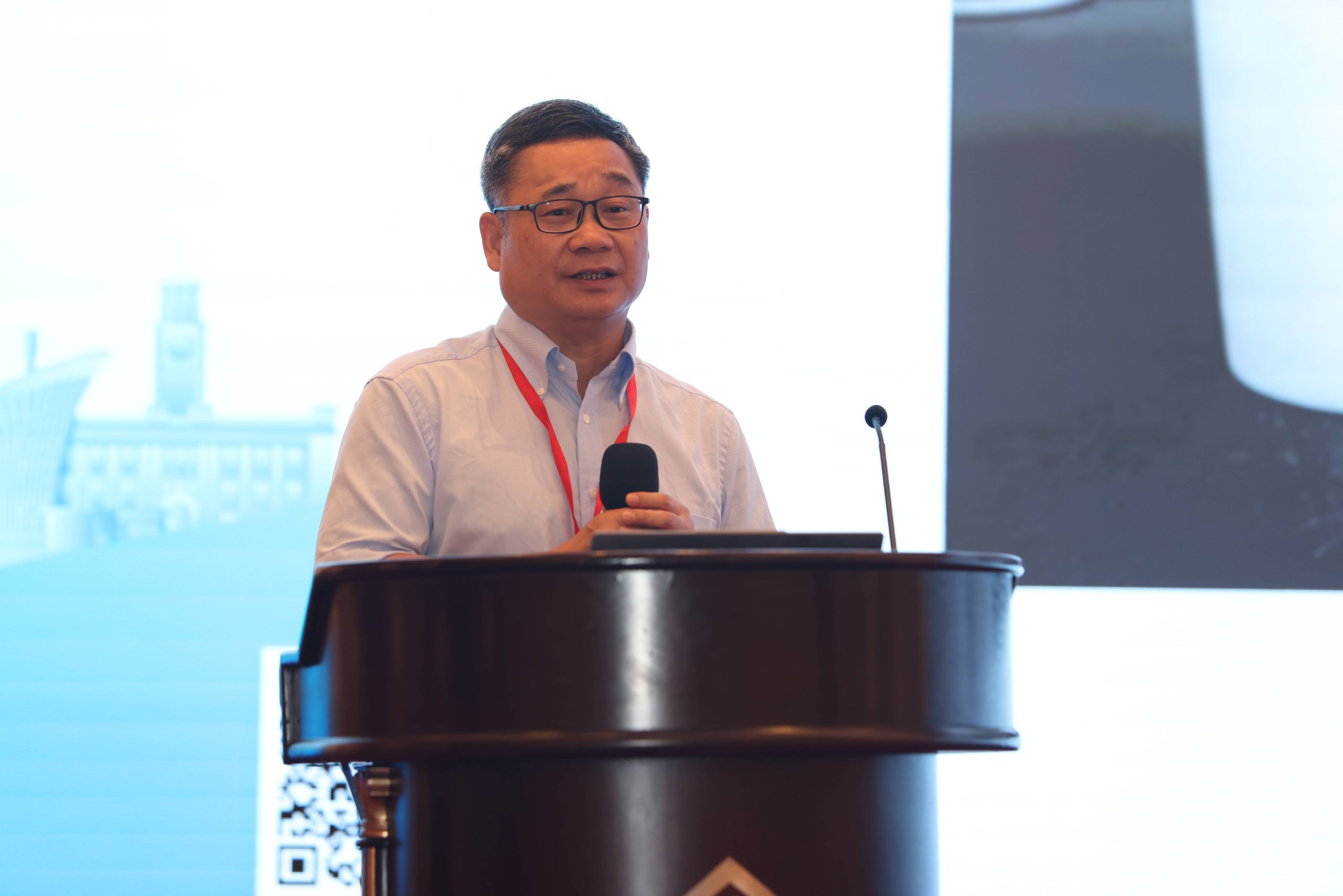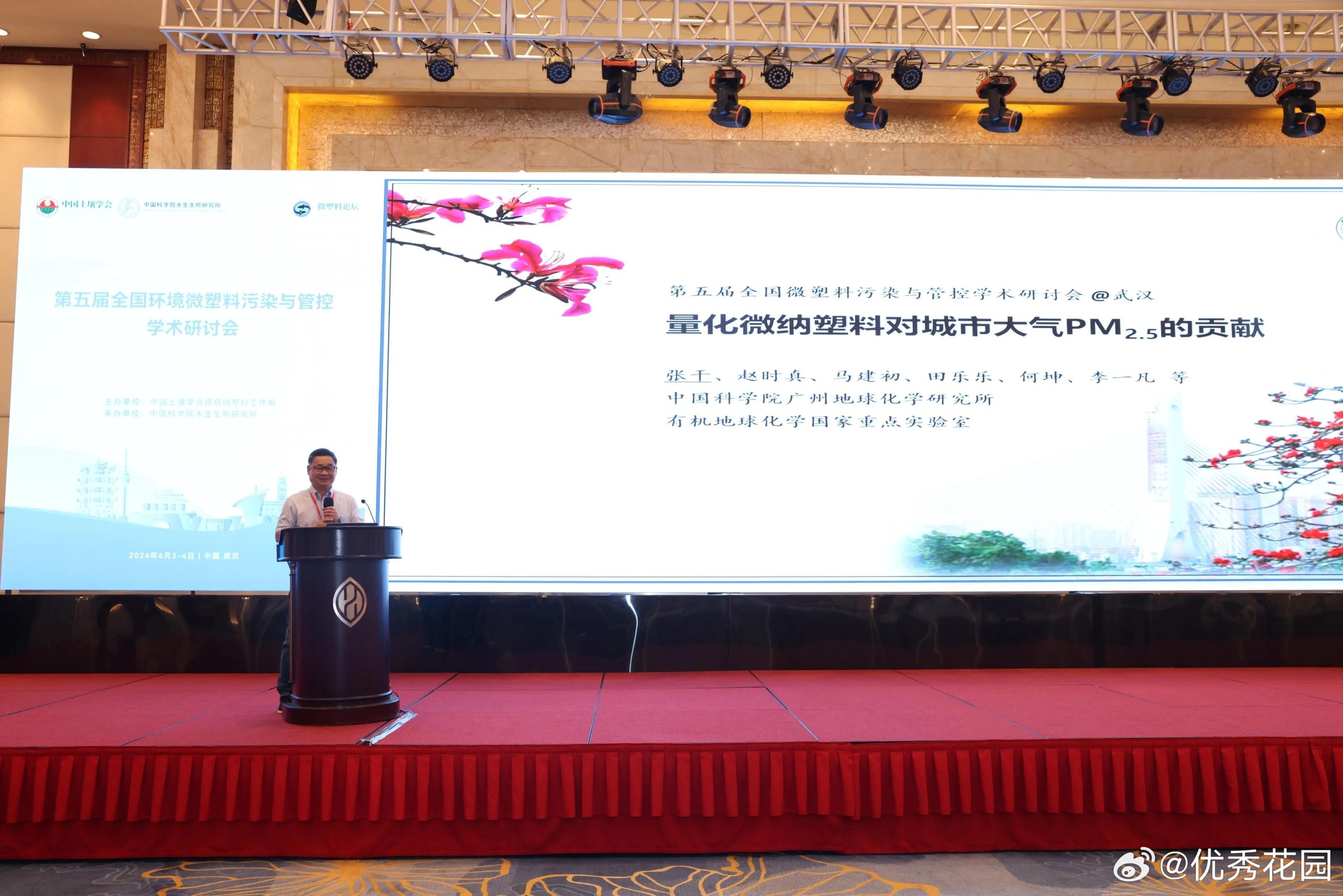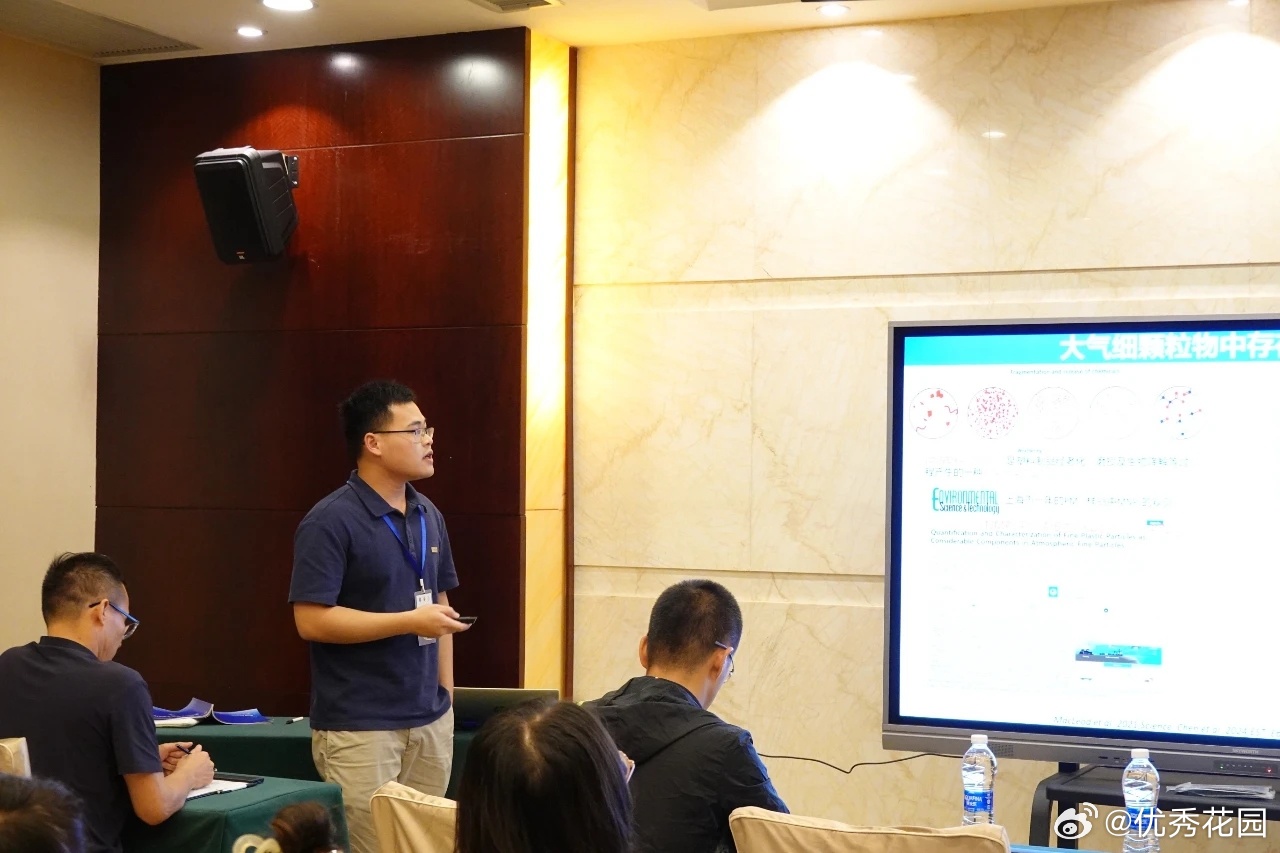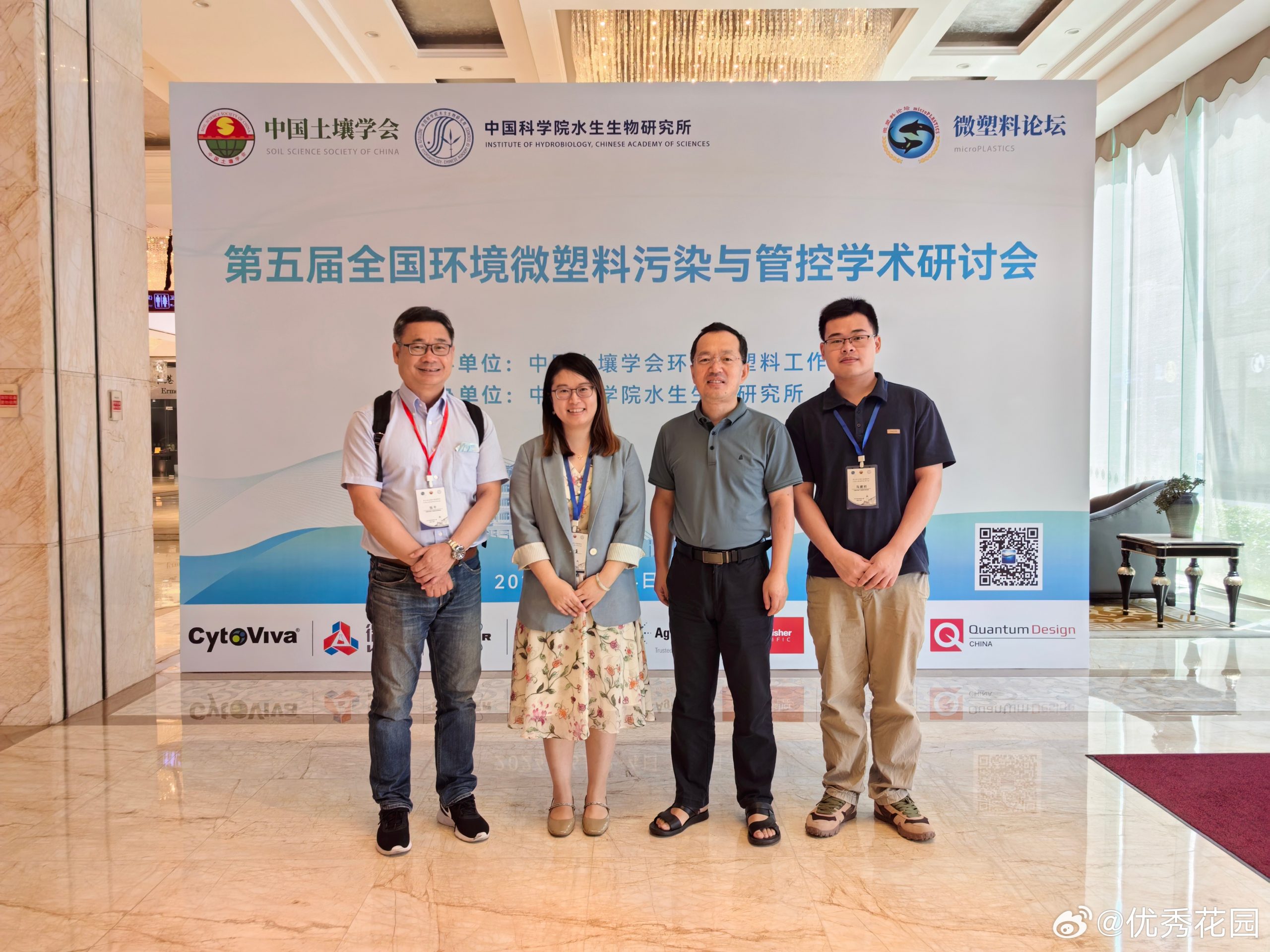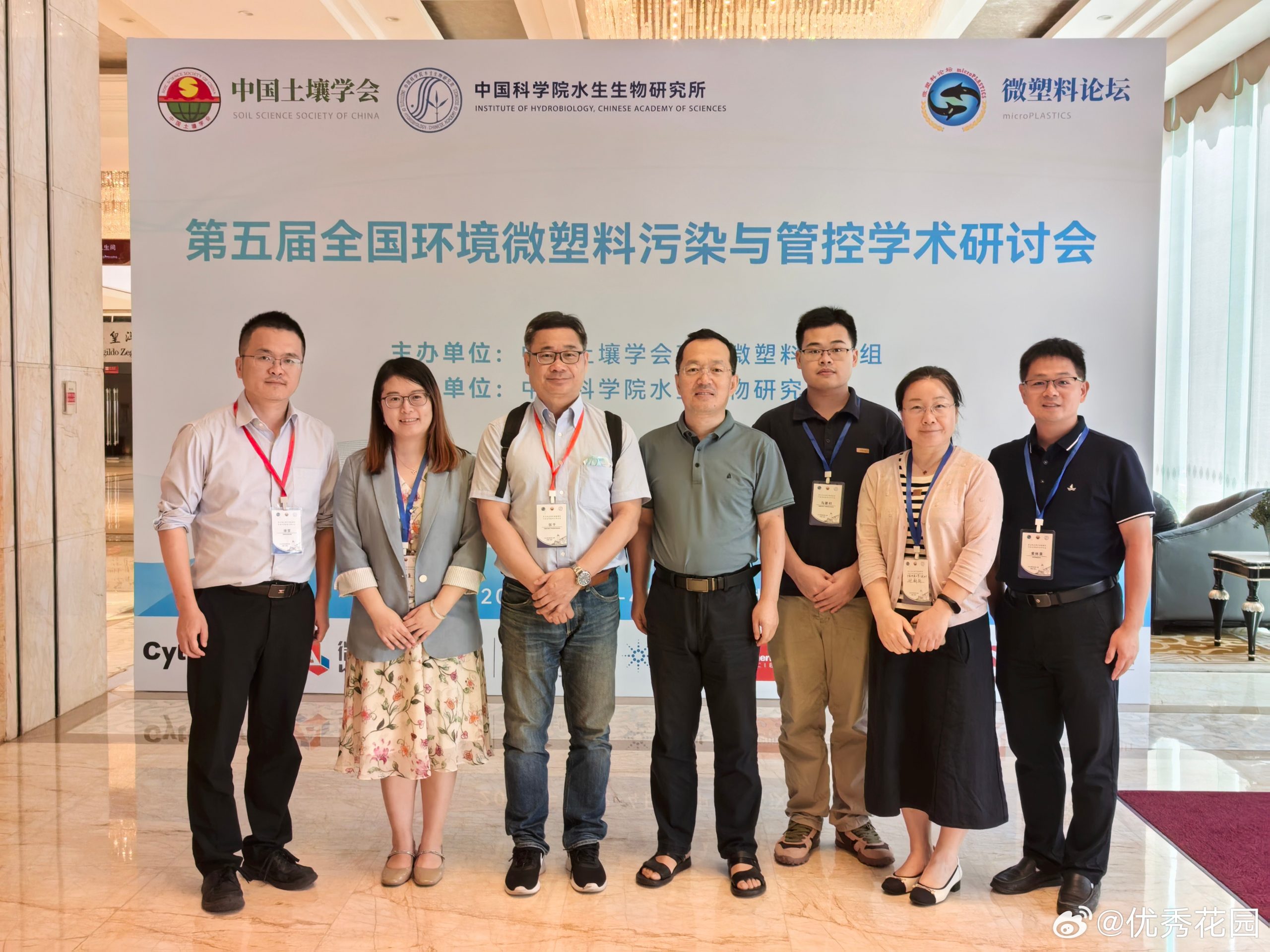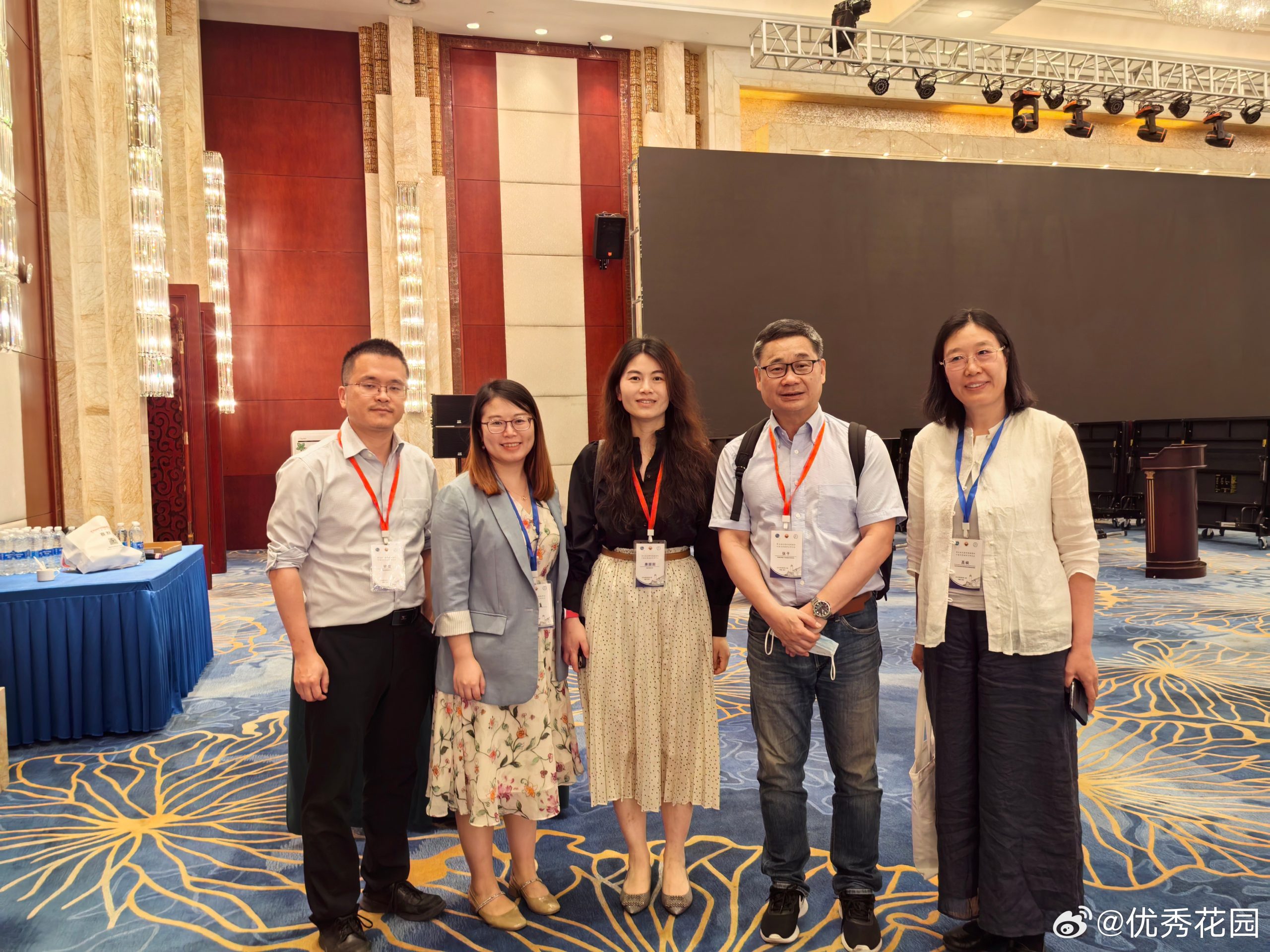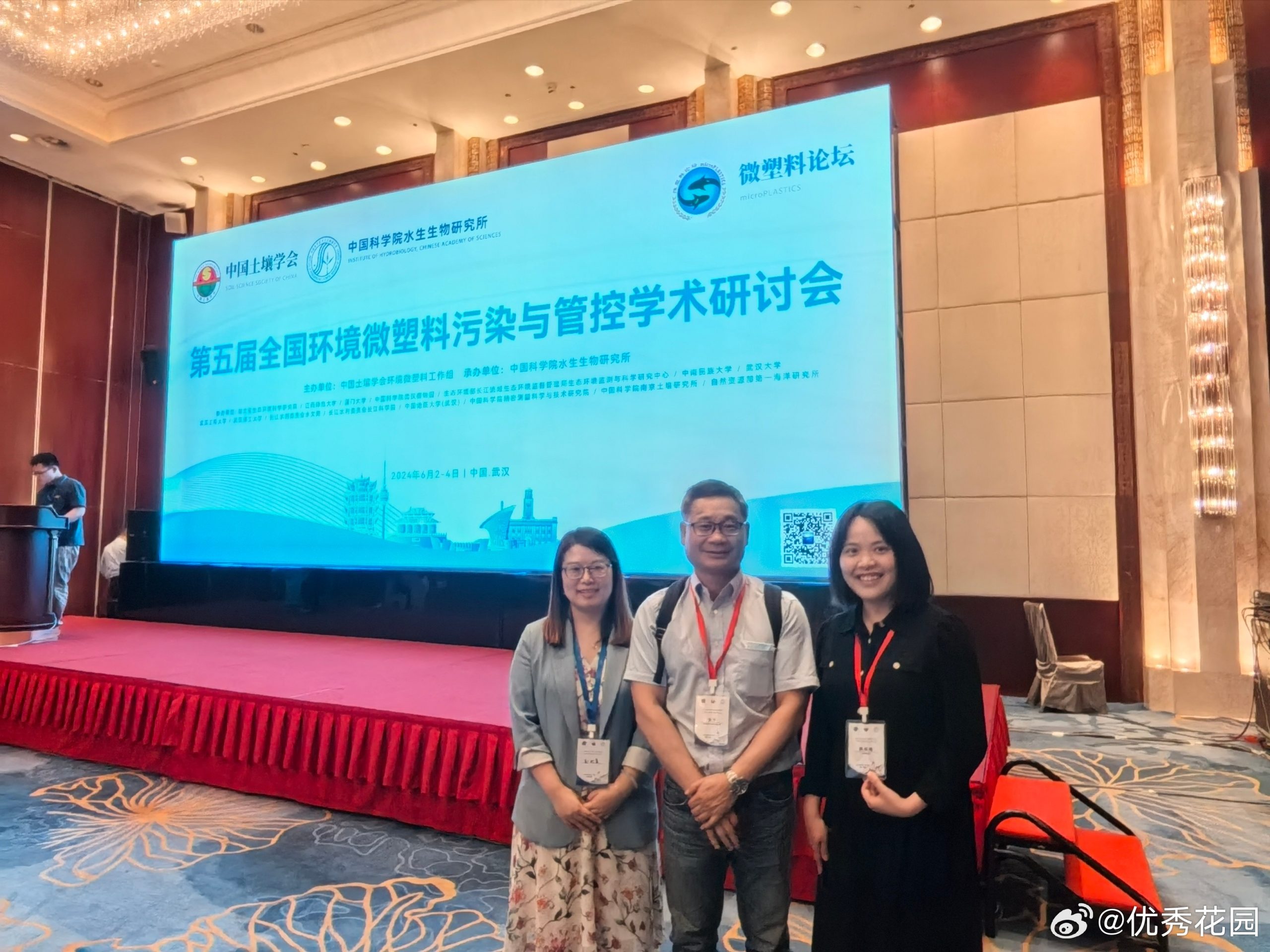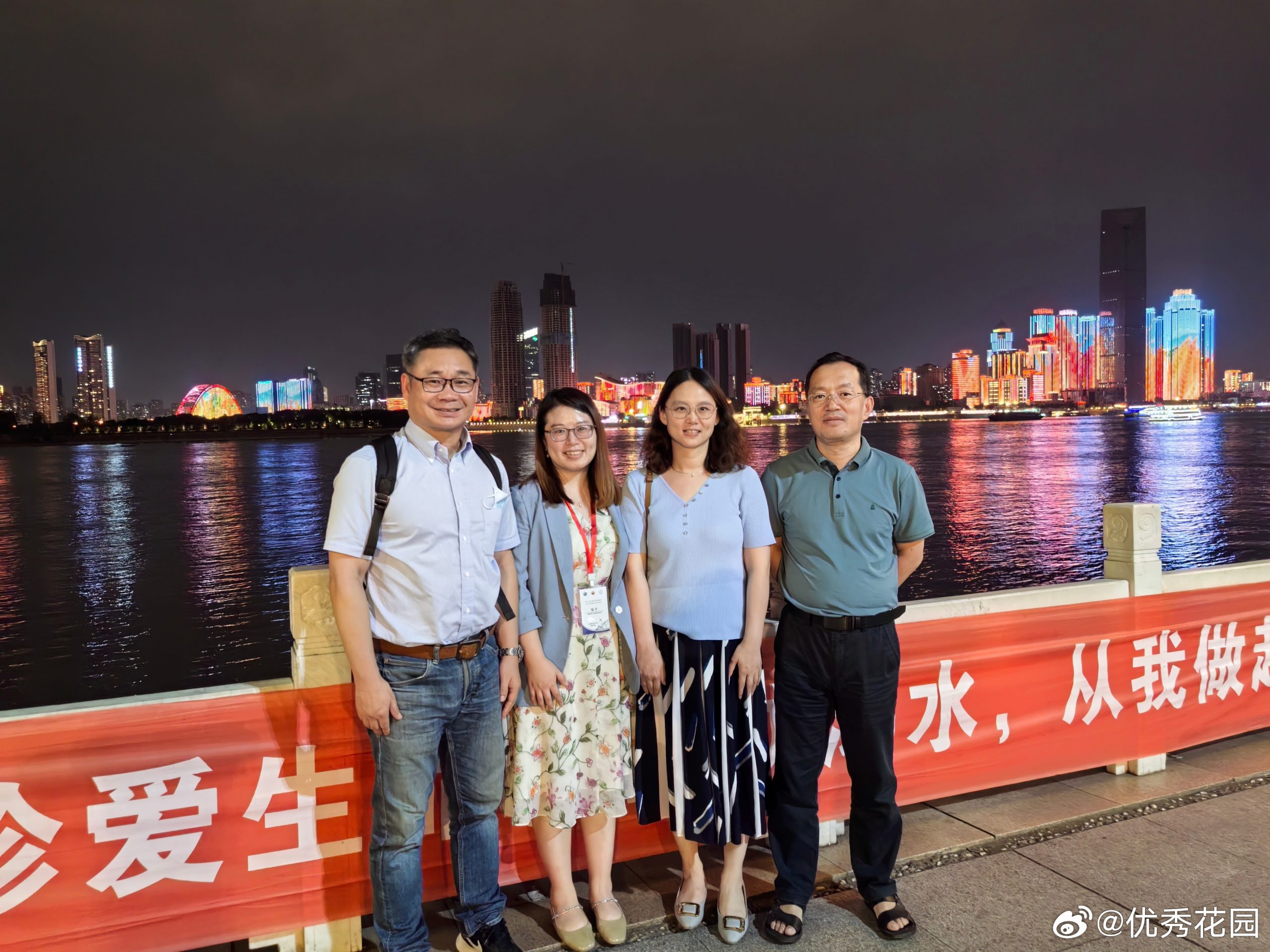During Jan 17-18, the Air-Omics Squad (“爱米小分队”) successfully completed the 2024 Fish Plan (“咸鱼”计划), marking another key achievement in the squad’s ongoing research efforts. This year’s project brought together both experienced team members and fresh faces, including vistors Ruijie, Zixin, Tianshuo as well as freshman participants Xiaosong, Zibing and Siqi. The team was divided into two groups, each wearing SpongeBob and Patrick aprons, respectively. Both teams were well-equipped with gloves, masks, and knives, and demonstrated exceptional enthusiasm and precision throughout the project. The Air Omics Squad showcased
excellent teamwork and execution during this fish plan. We look forward to even greater achievements in the future as we continue to tackle new challenges with enthusiasm and dedication!
Team1 (From left to right): Xiaosong, Jianchu, ZiXin, William, Weiru, Yuwei, Tianshuo.
Team2 (From left to right): Ruijie,Yingjian, Lele, Fangzhou, Siqi, Kun, Zibing.
Small yellow fish.
A yellow fish without tail.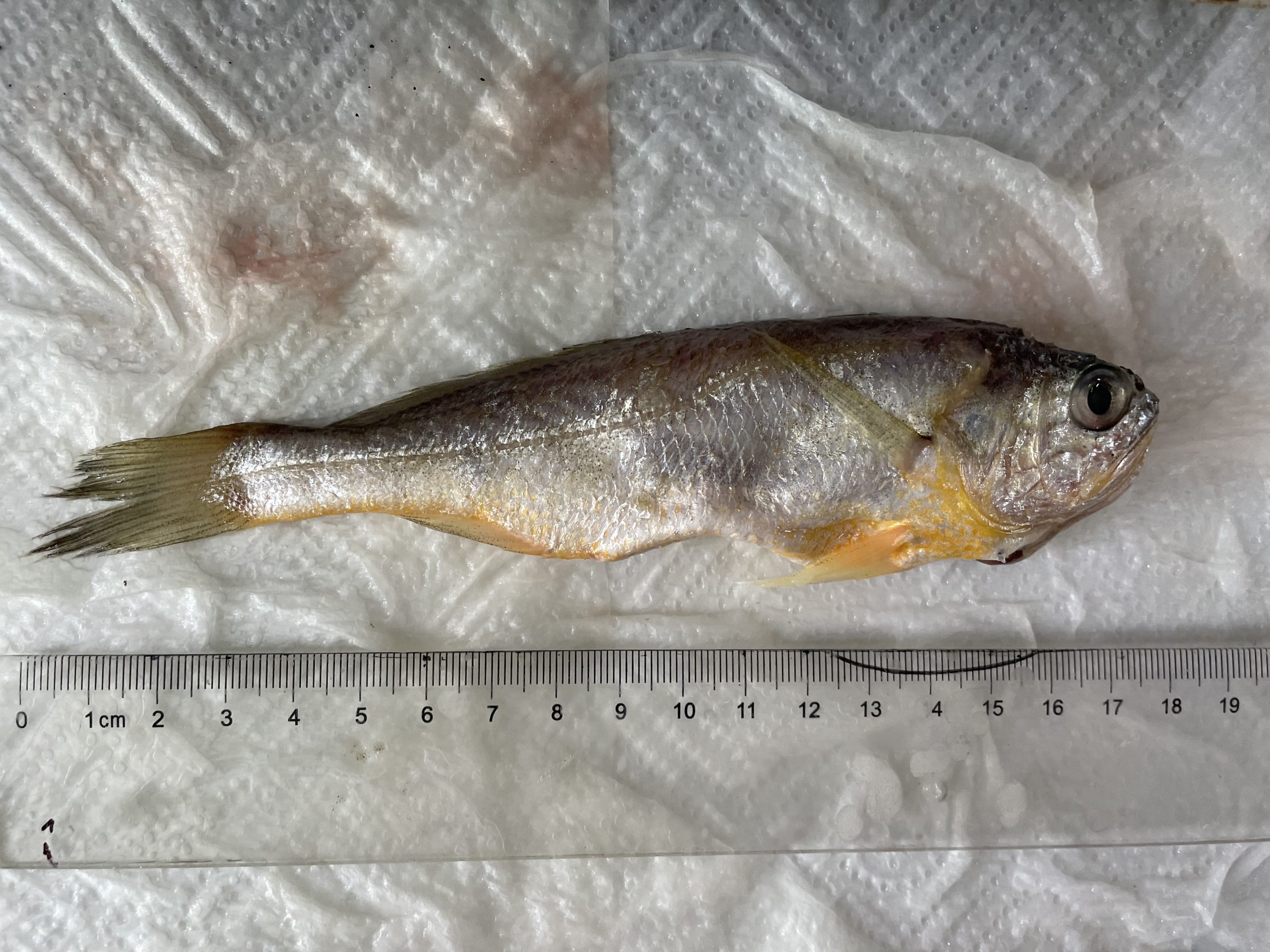
Belt Fish with sharp teeth.
Middle size silver pomfret fish.
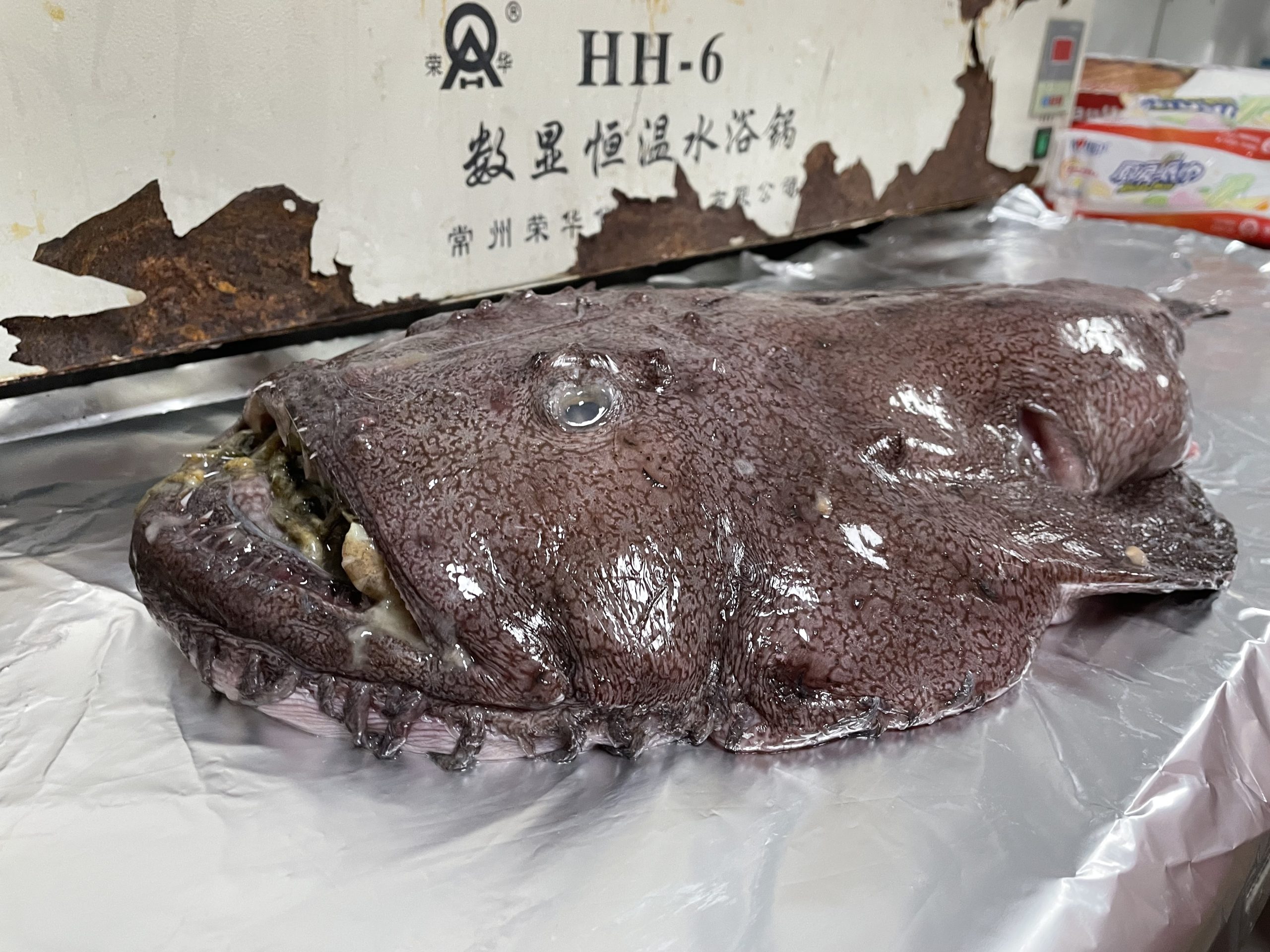
The kick-off meeting.

